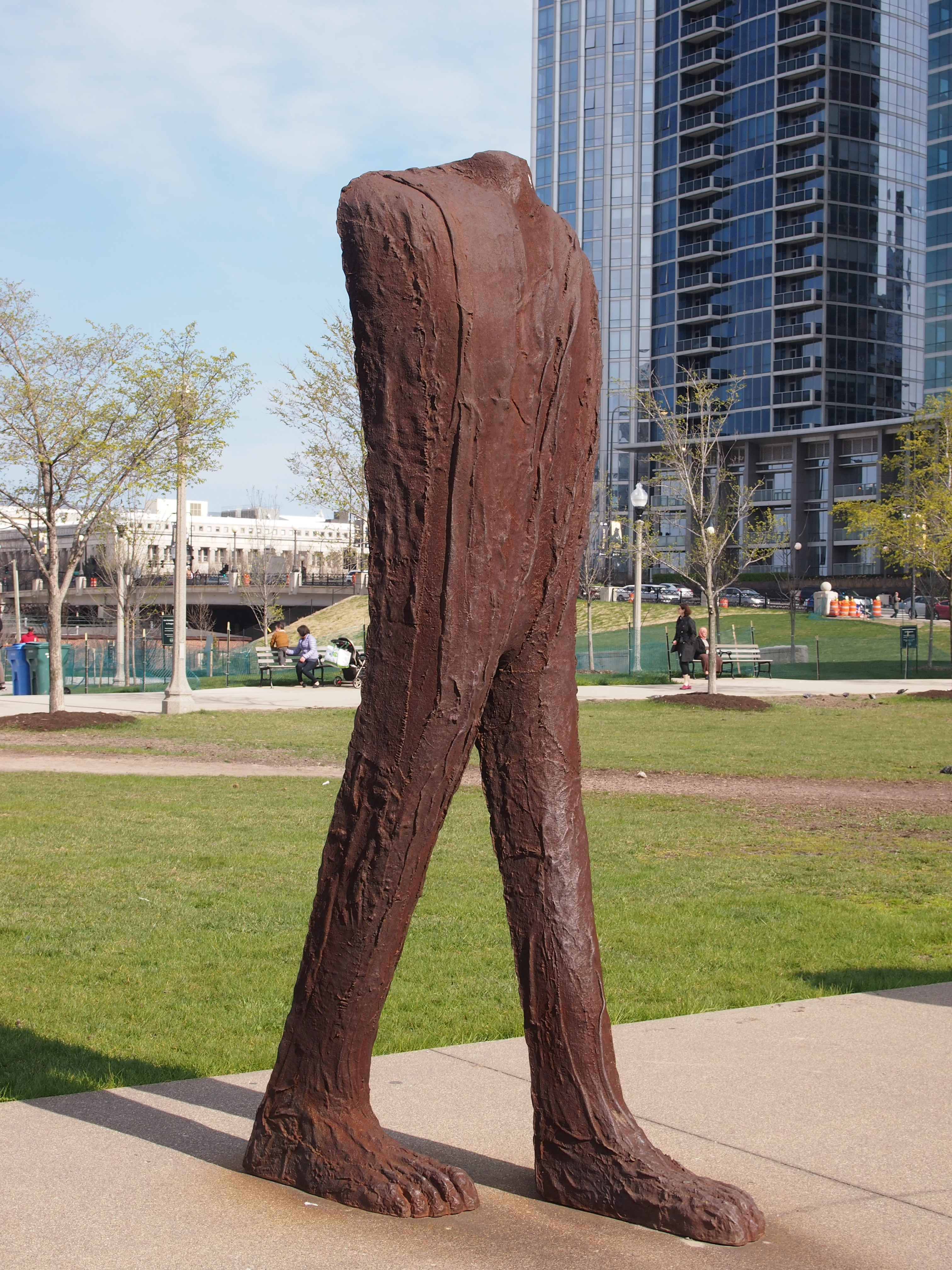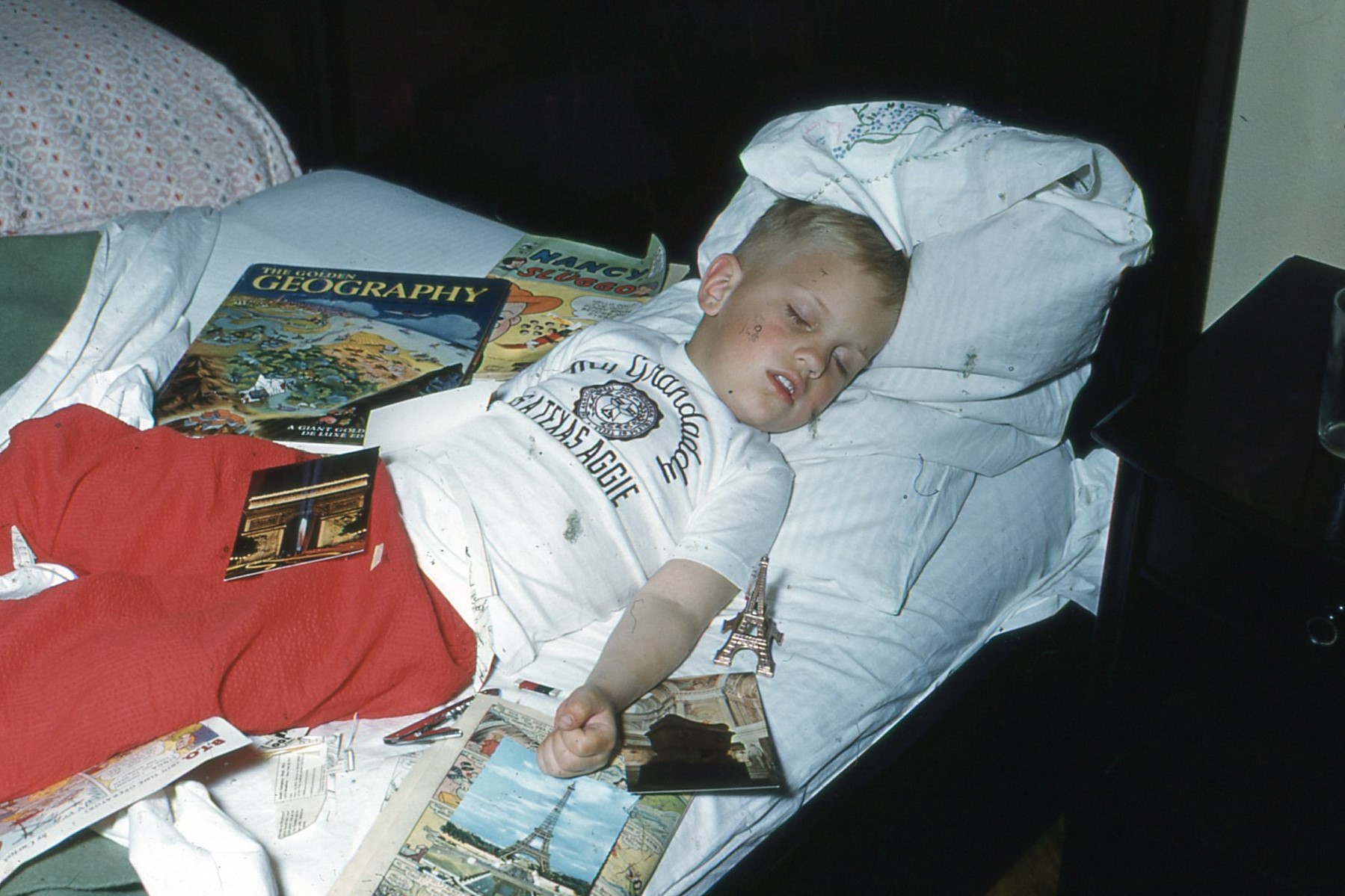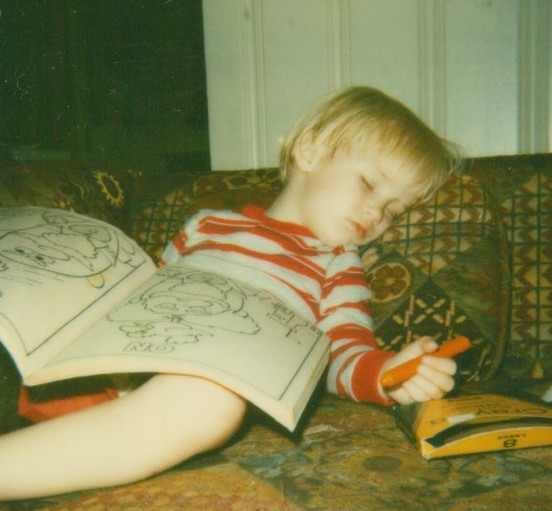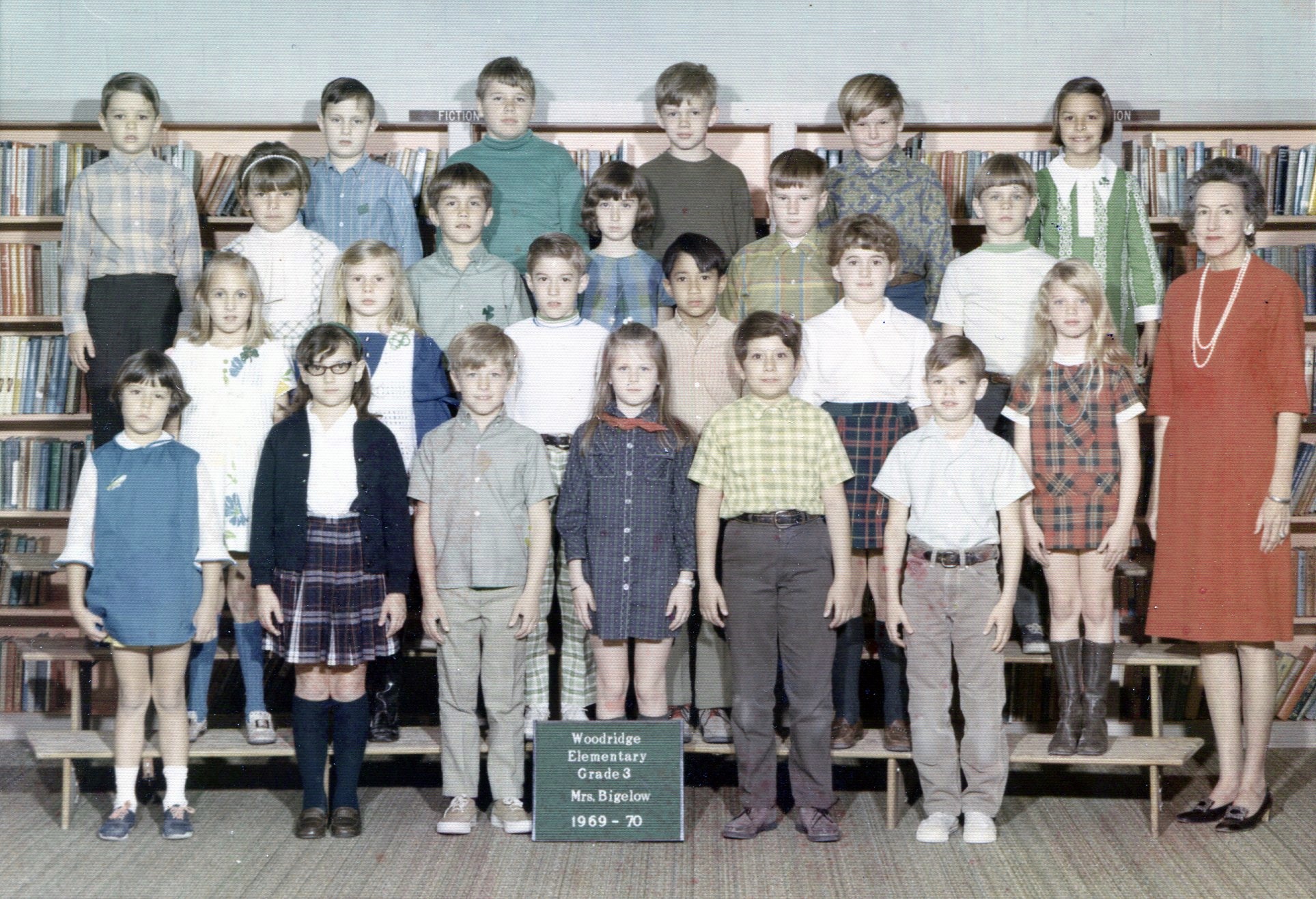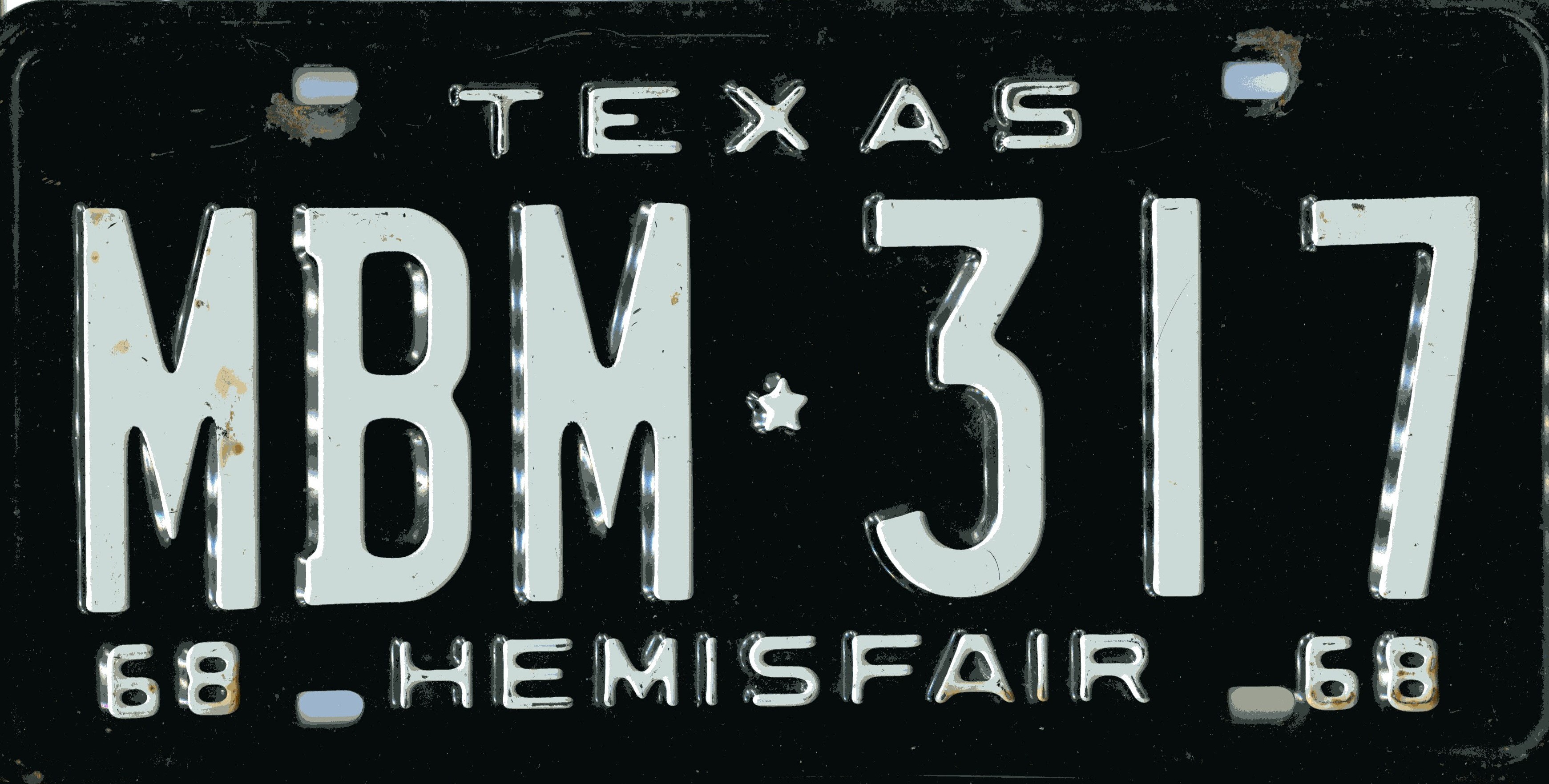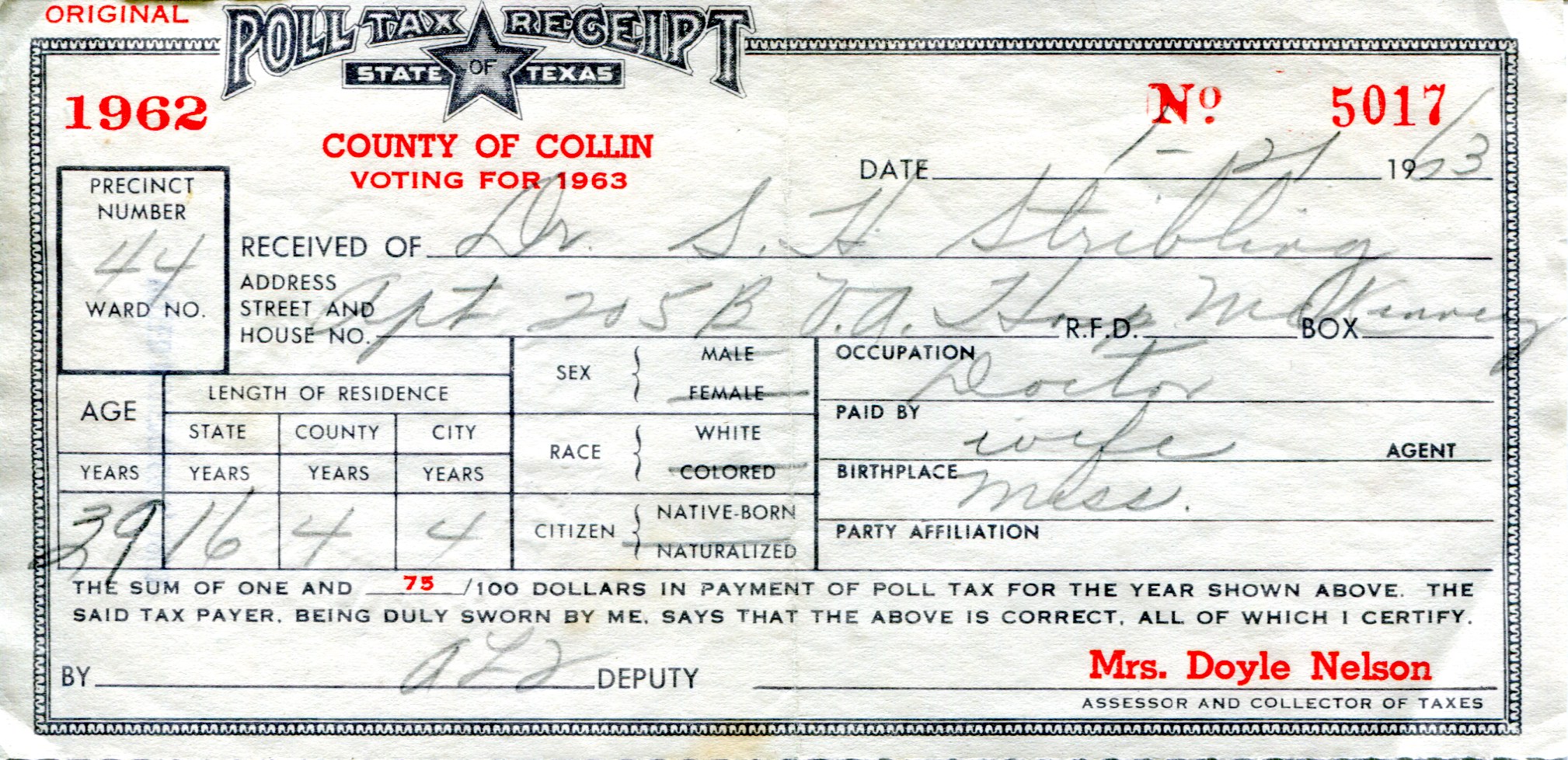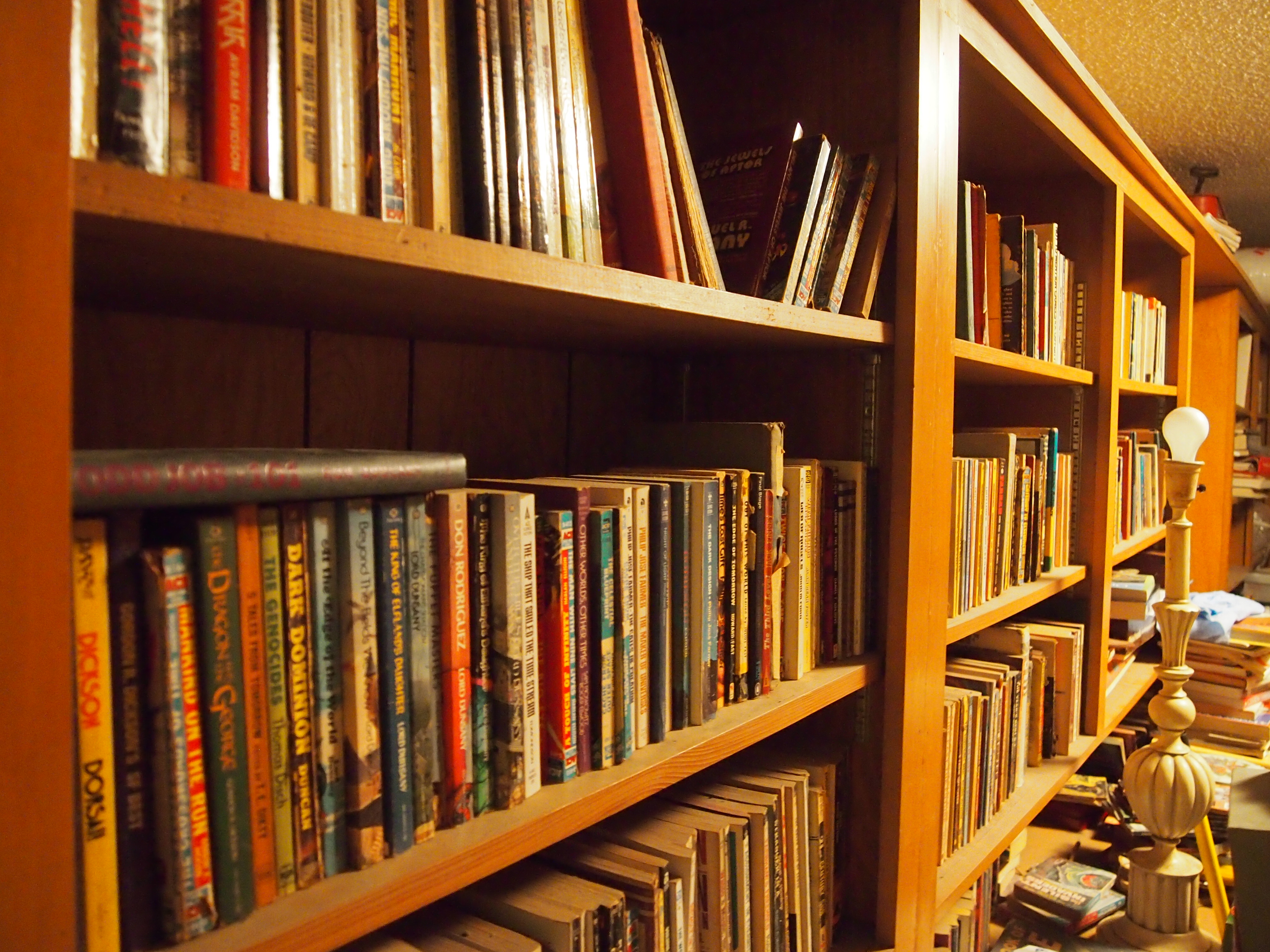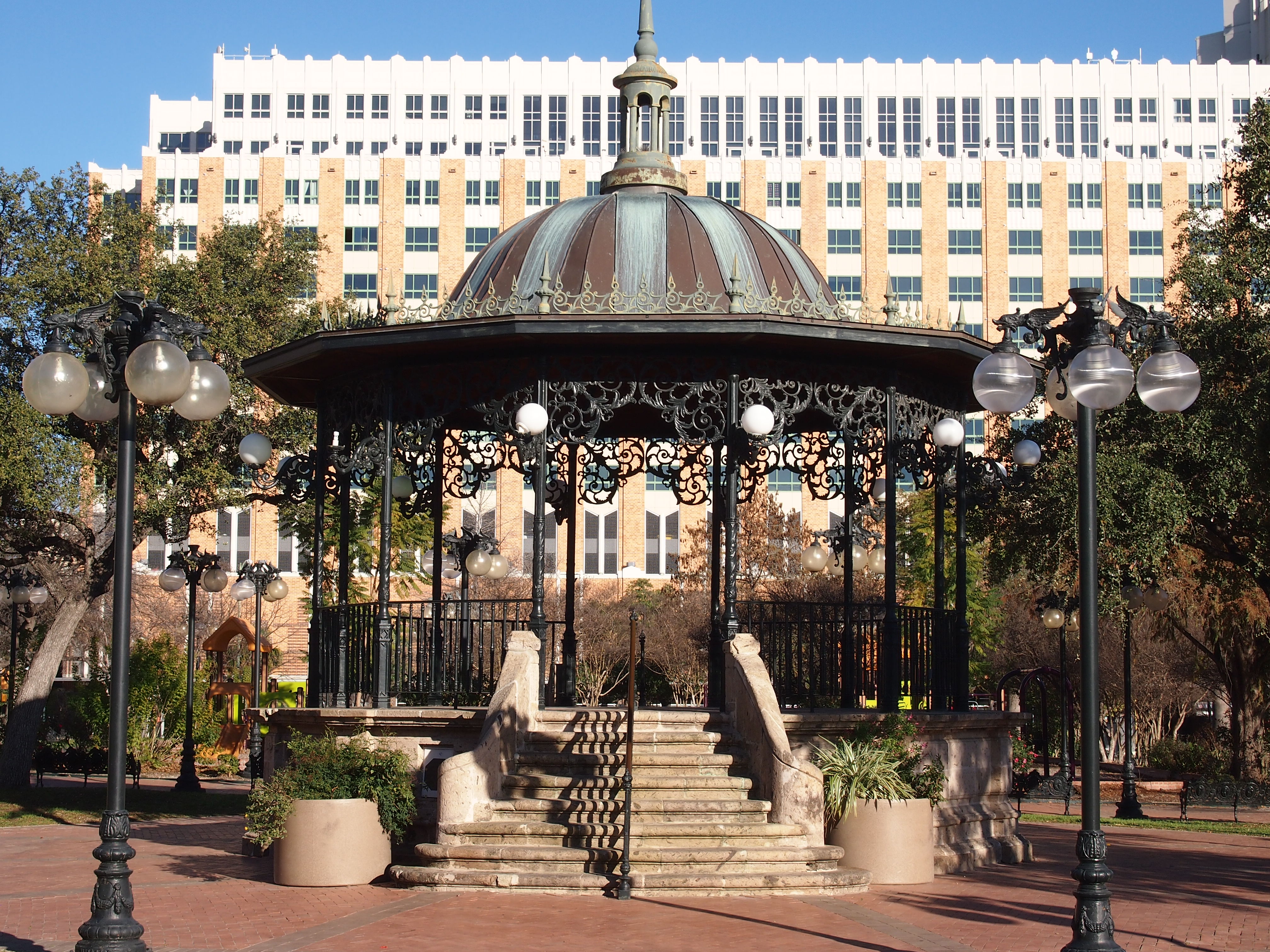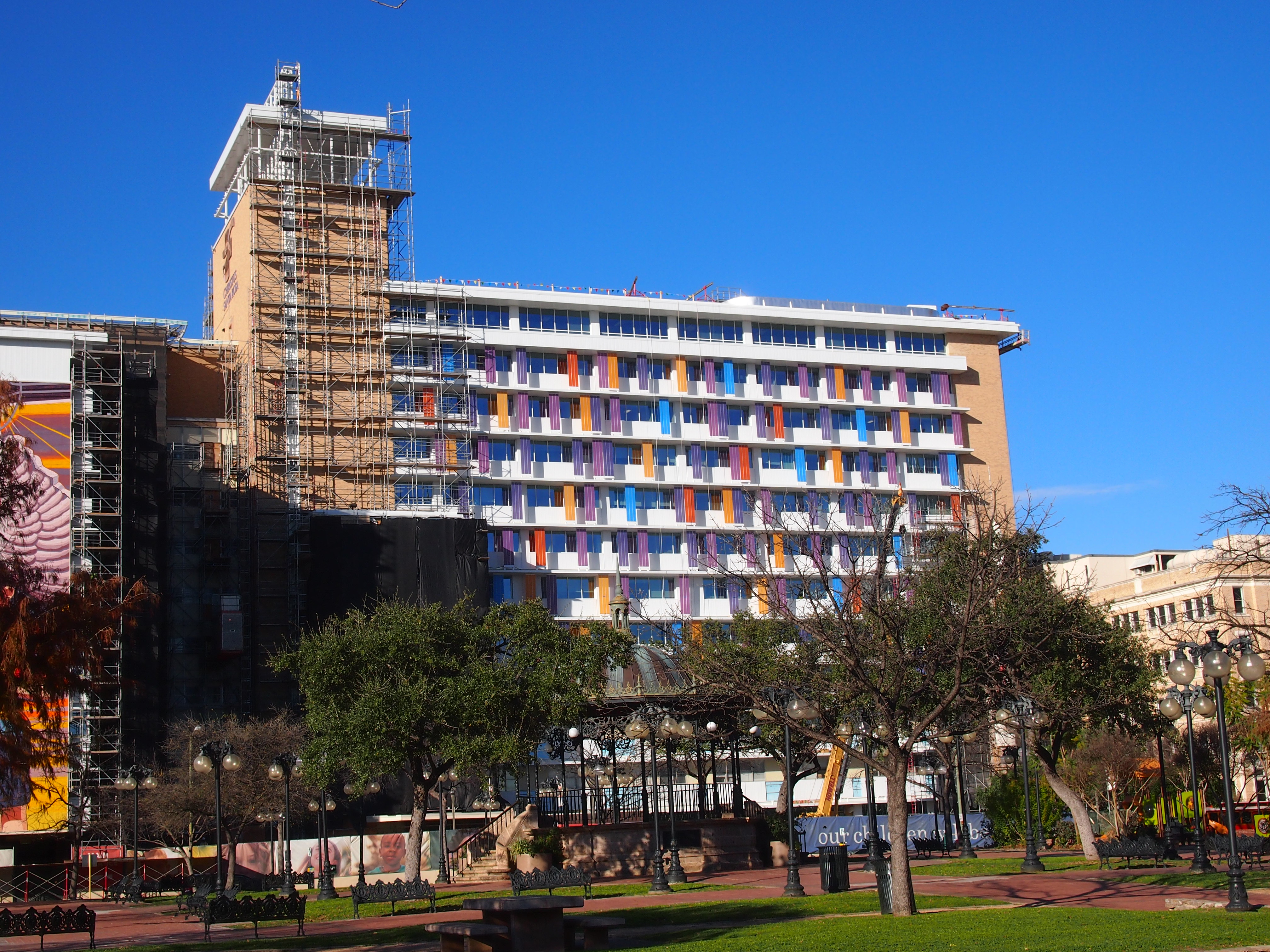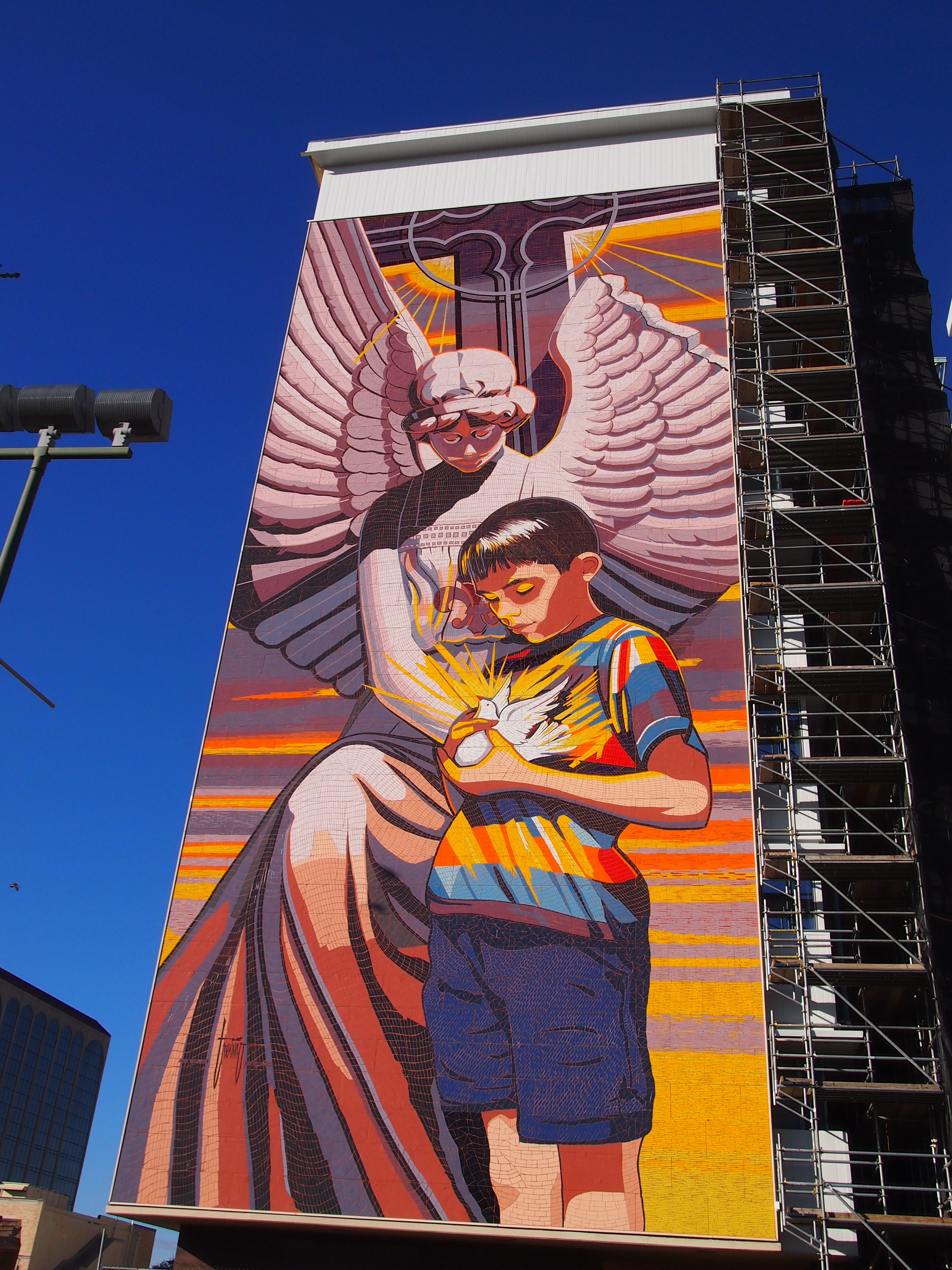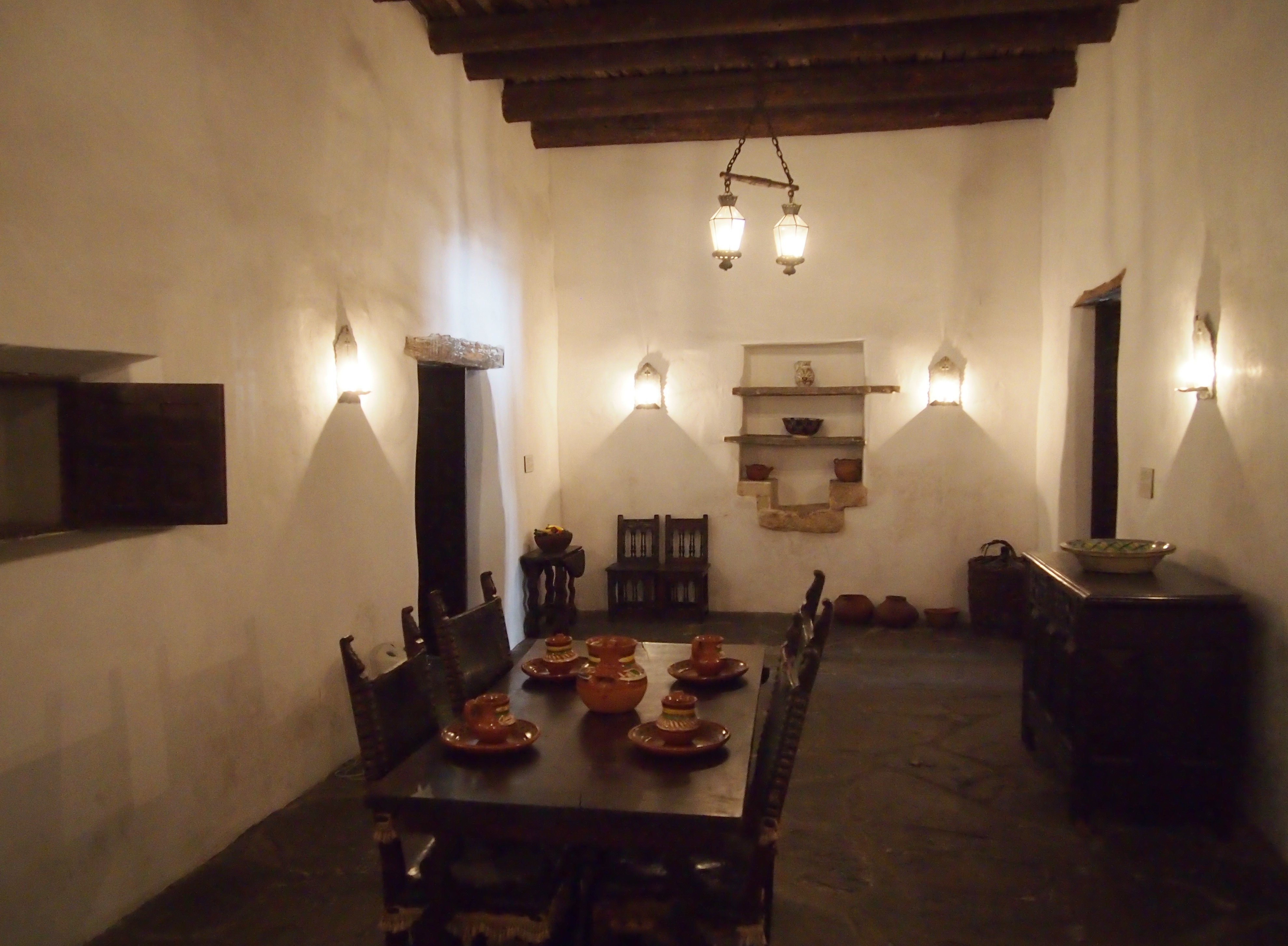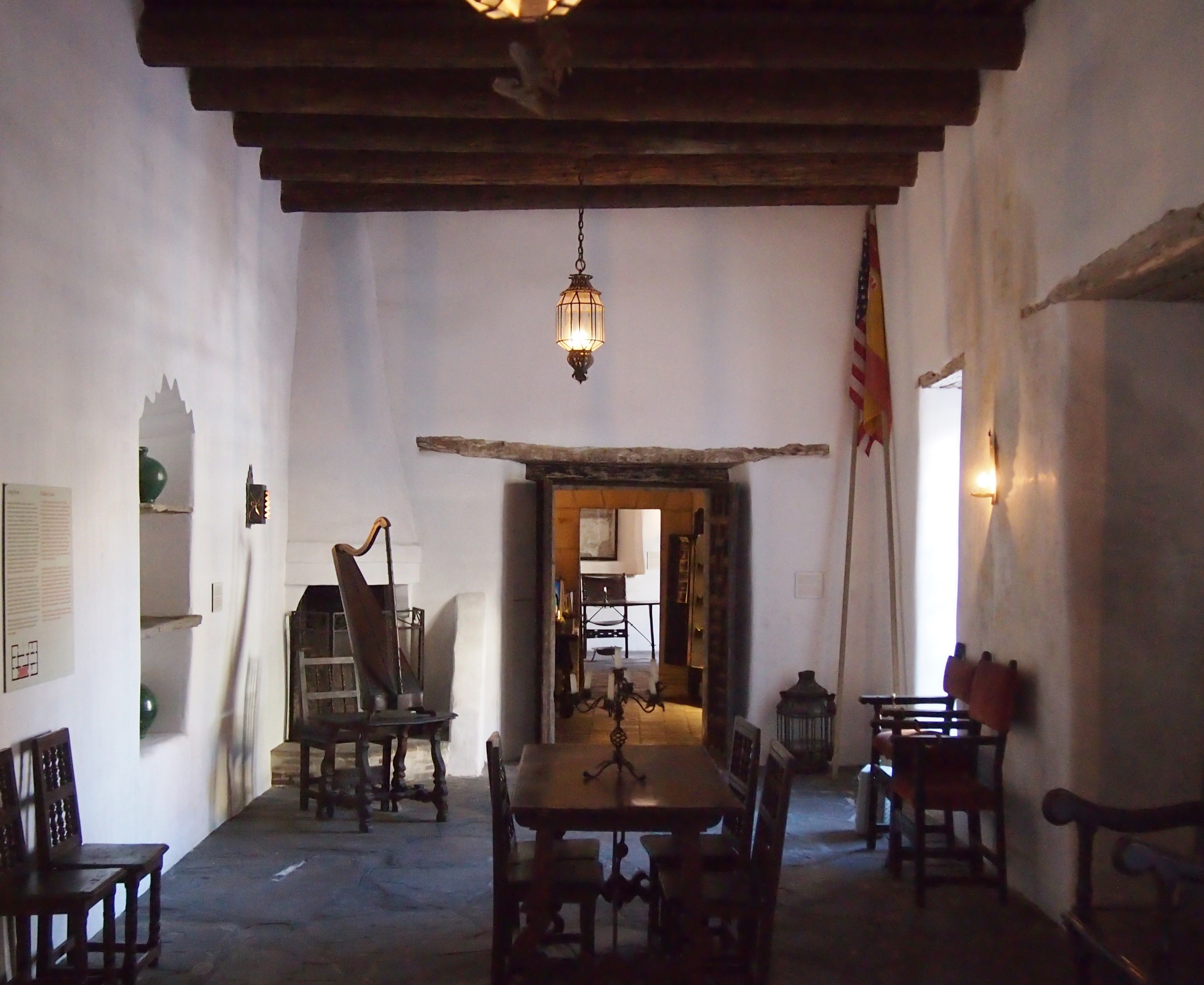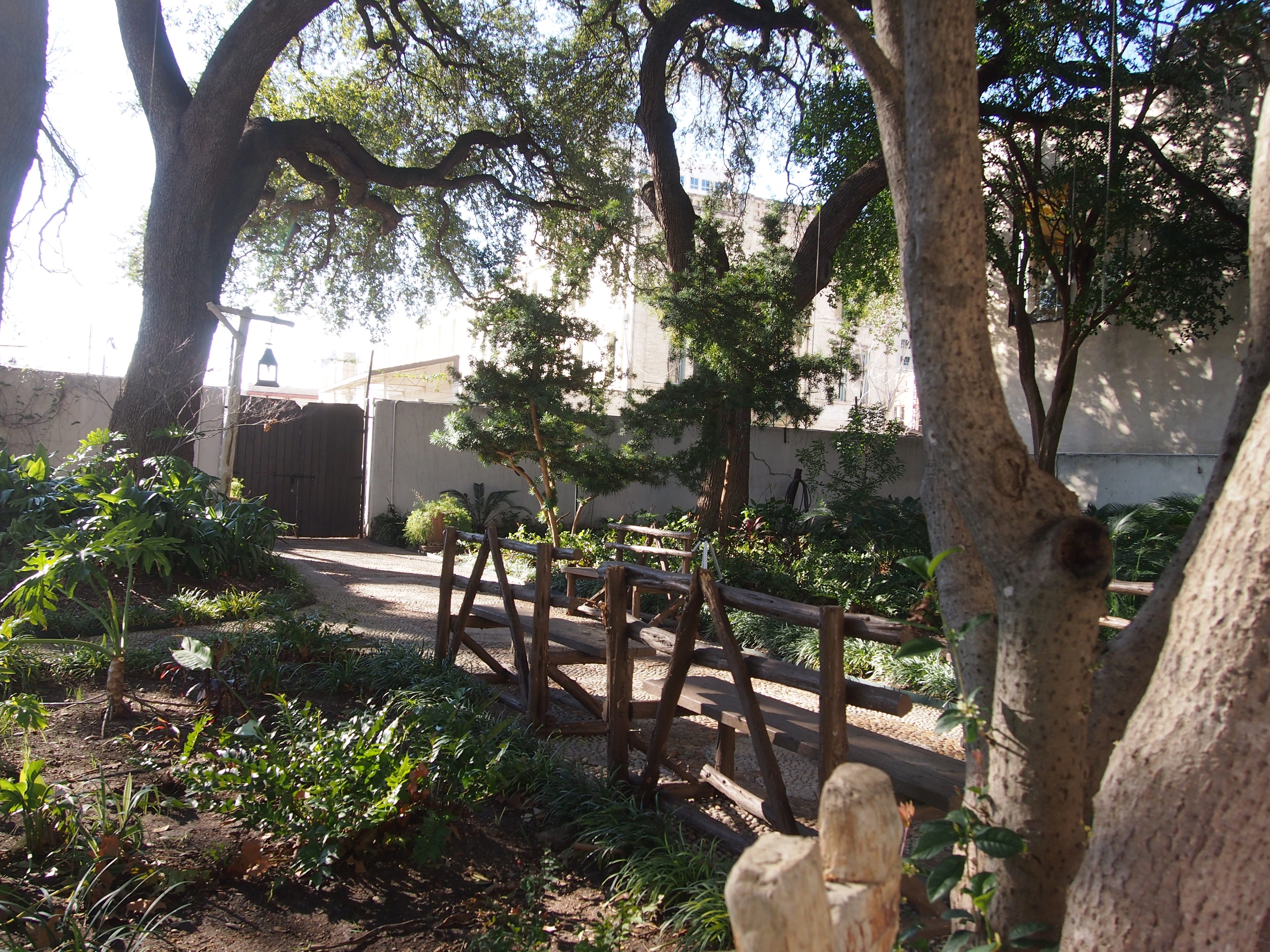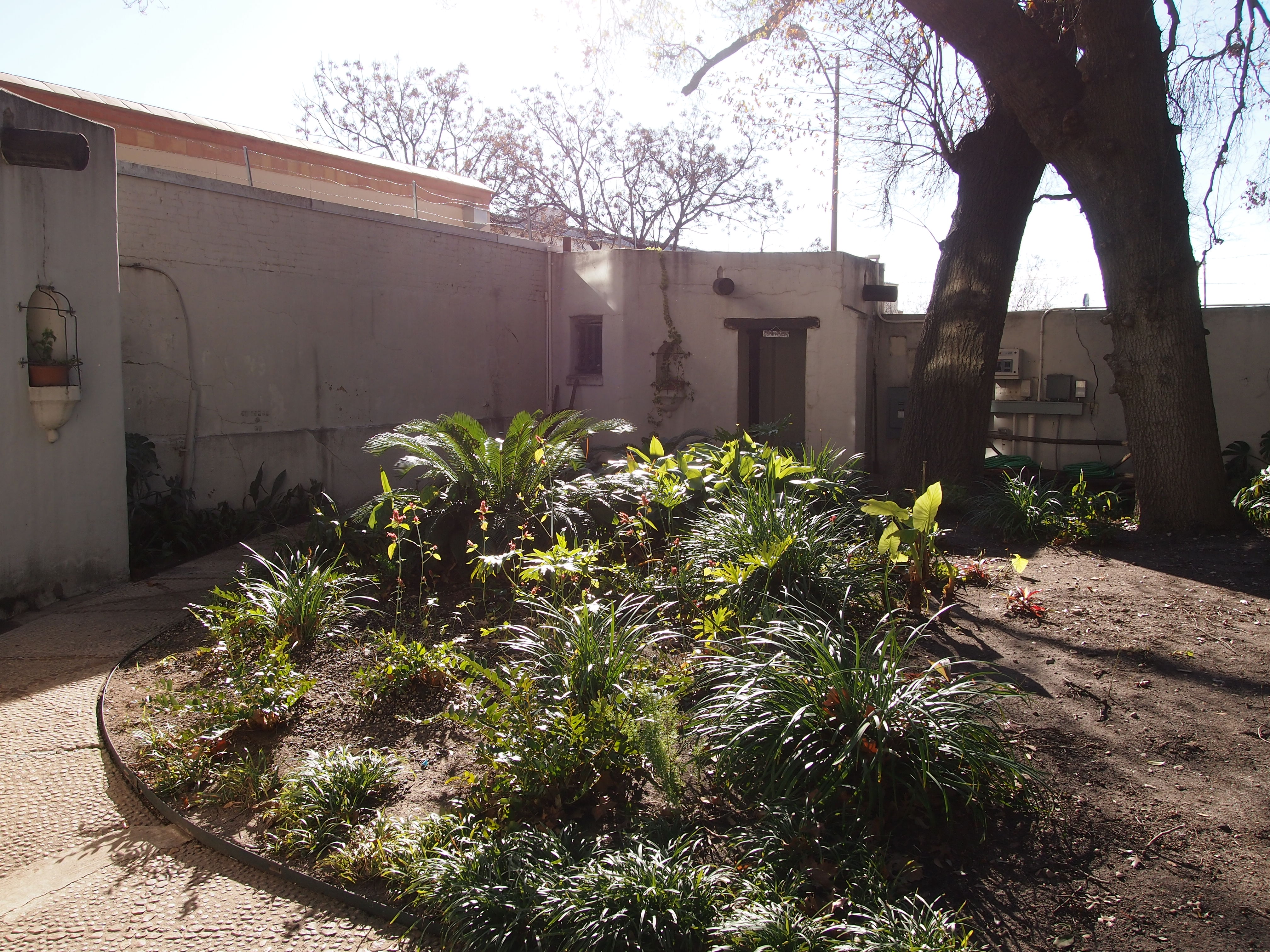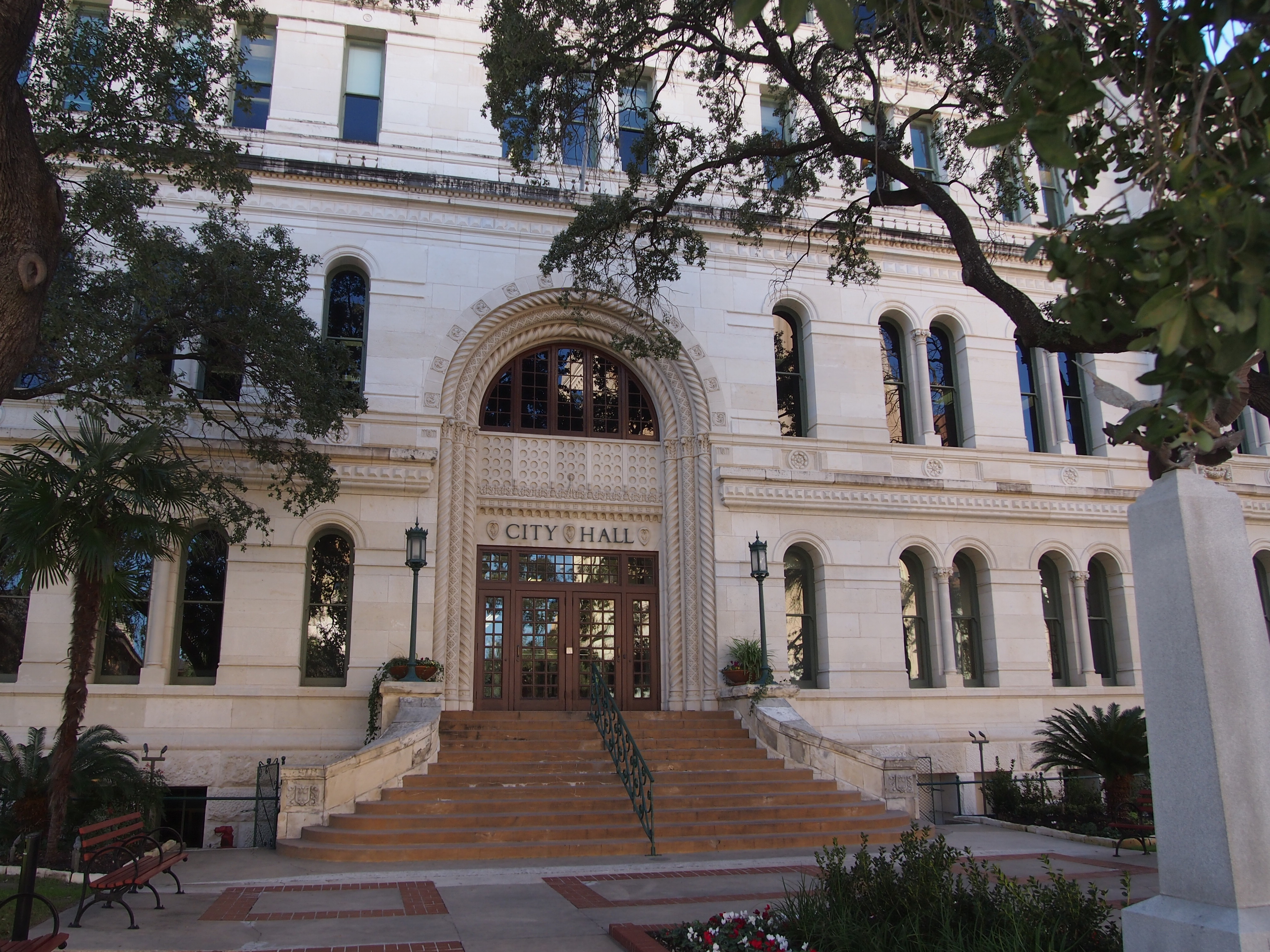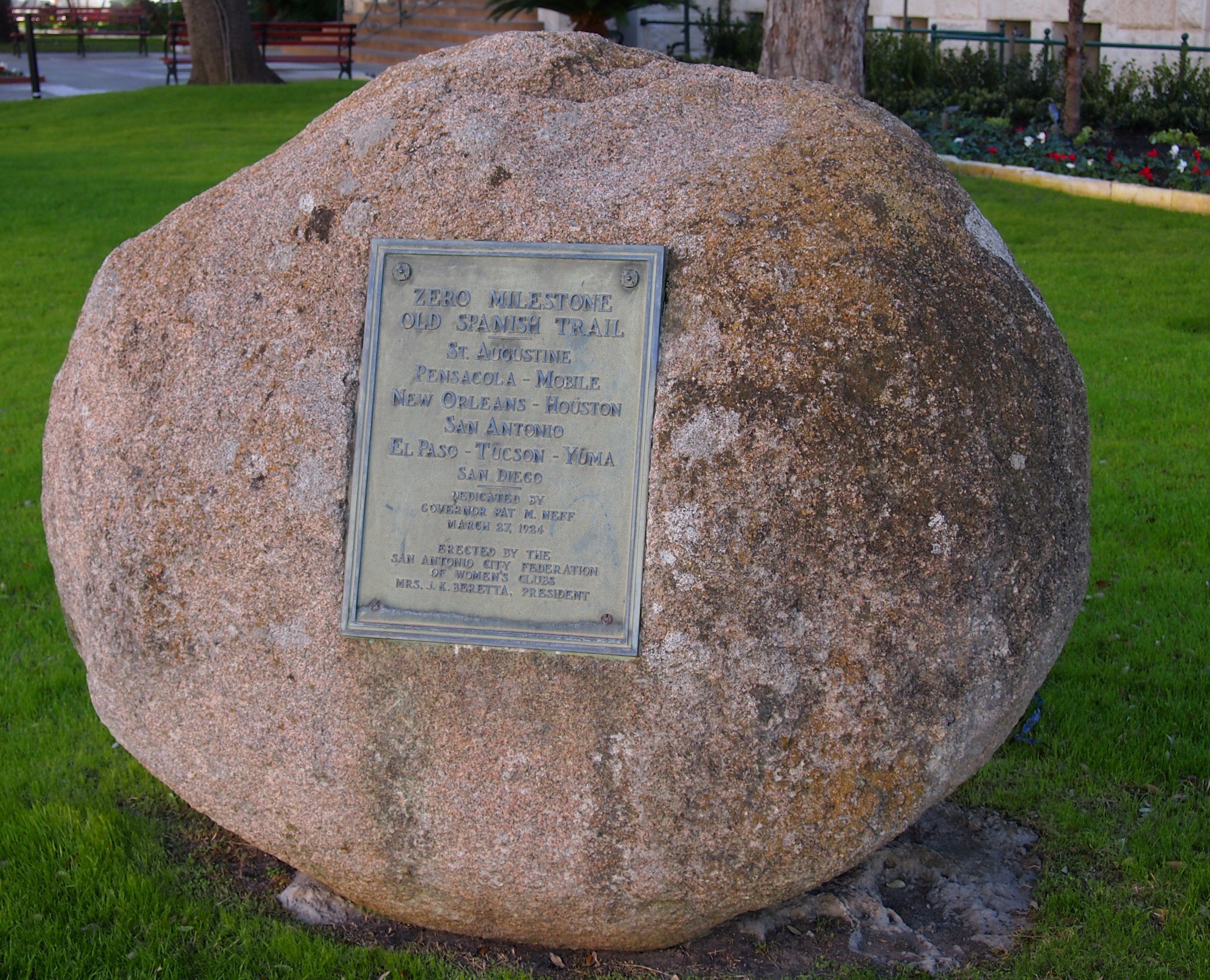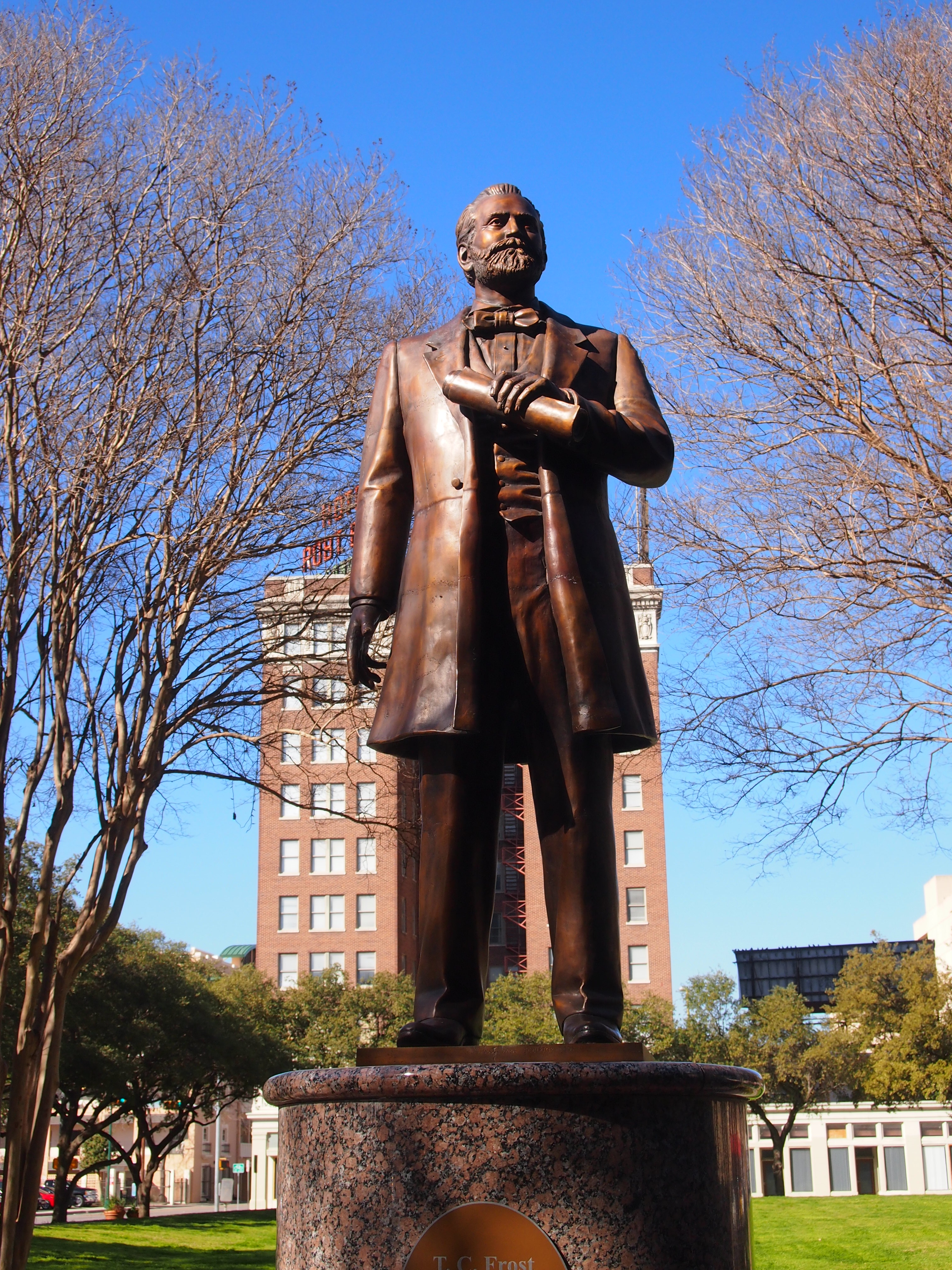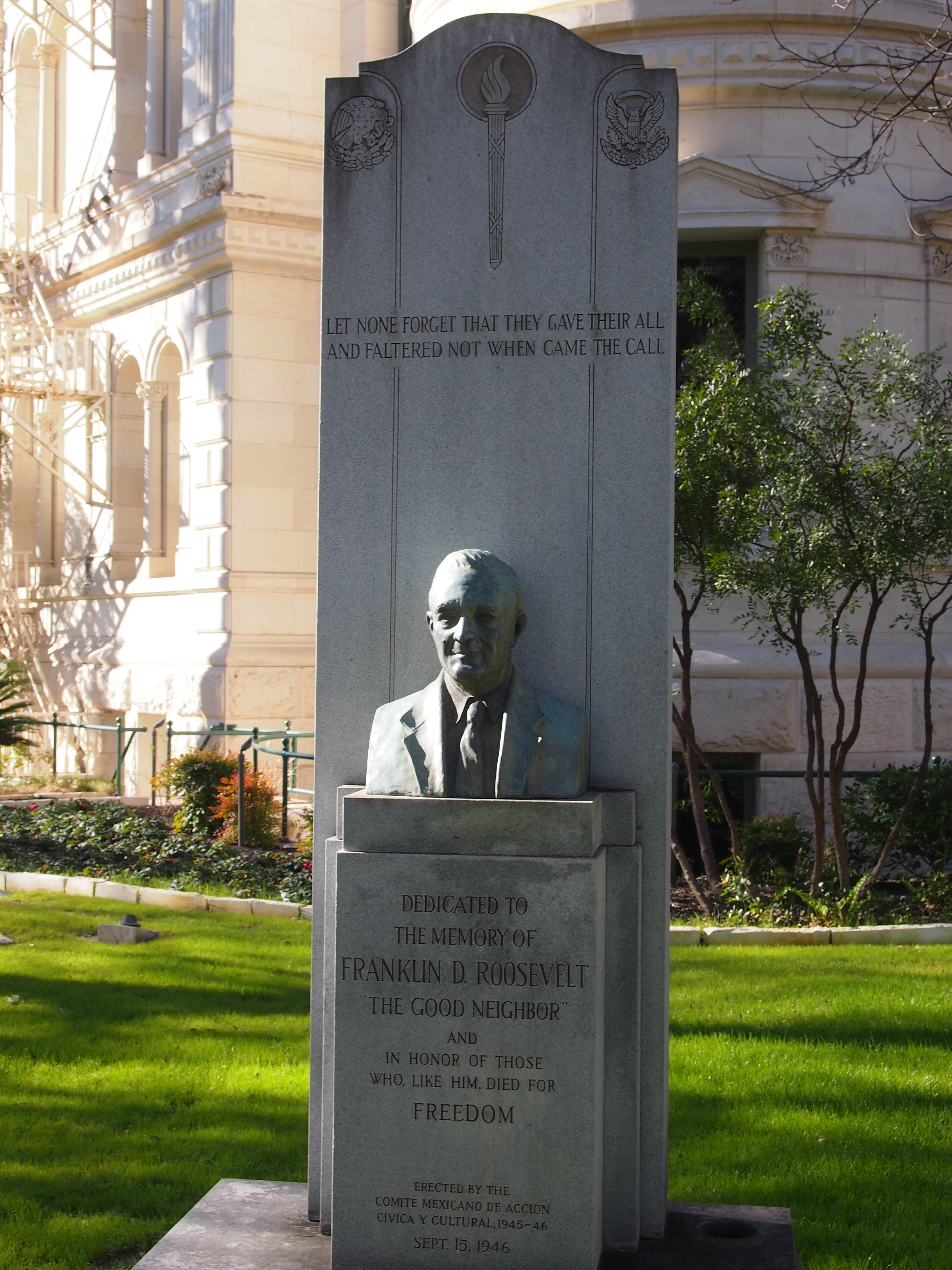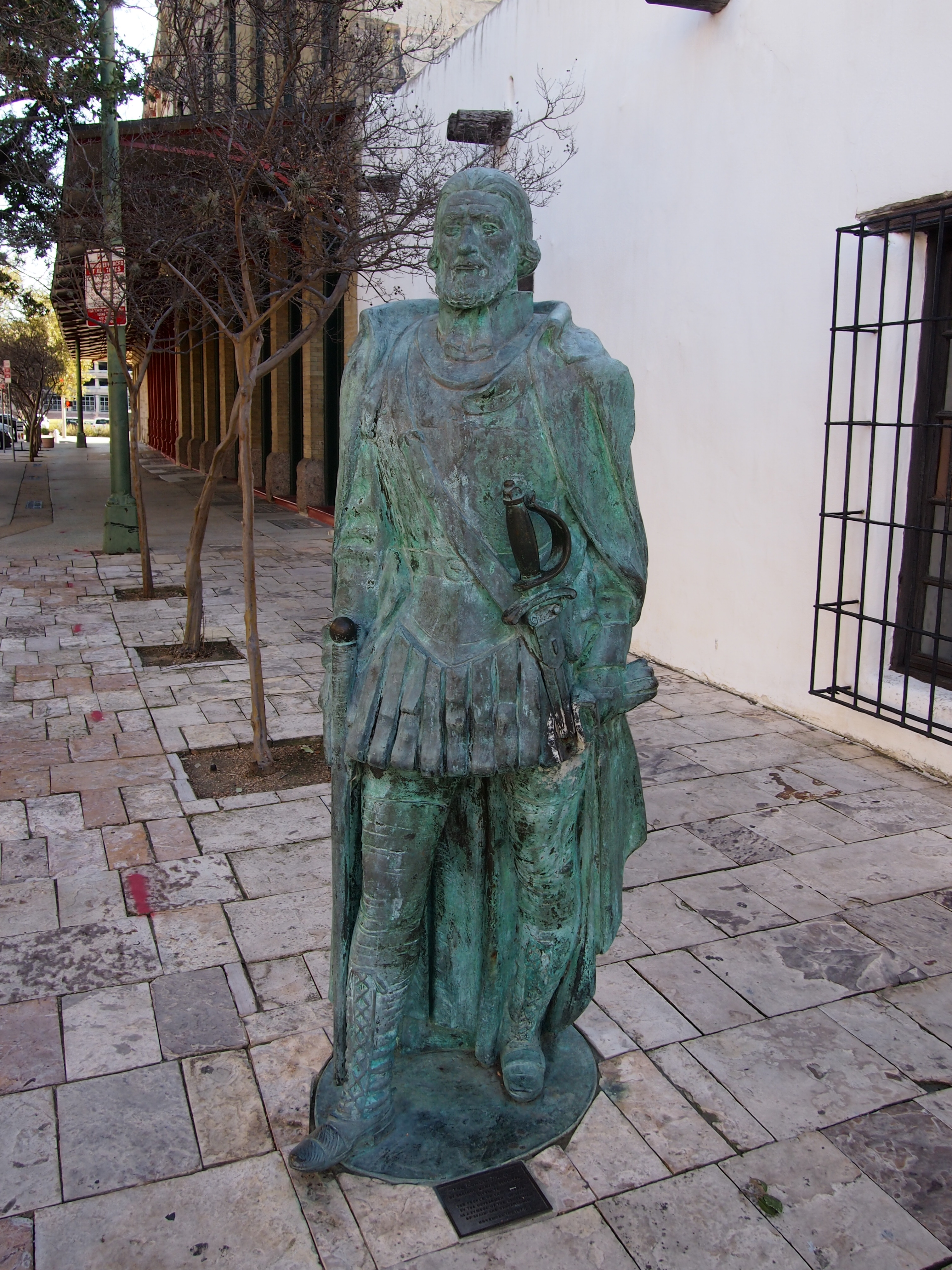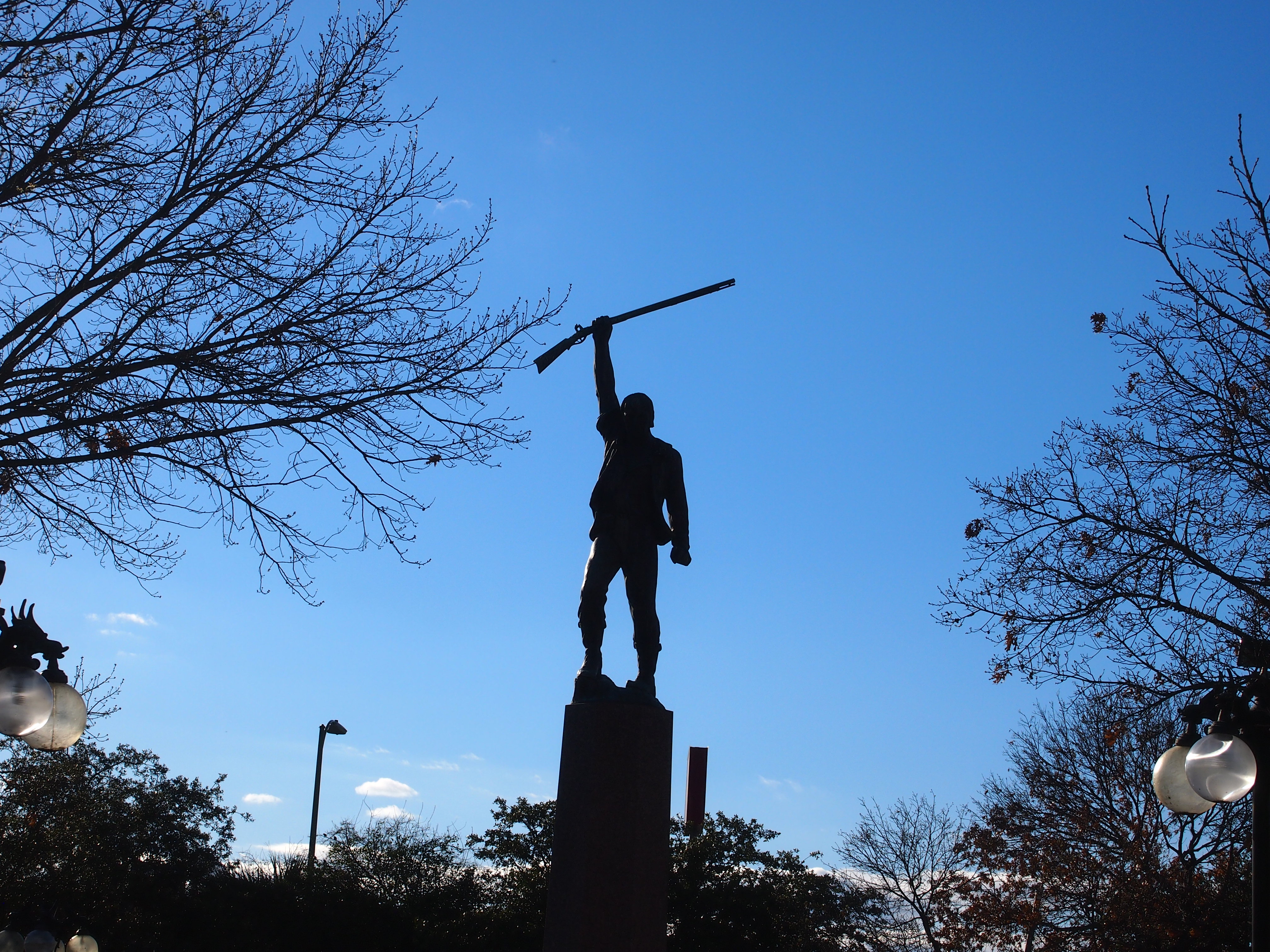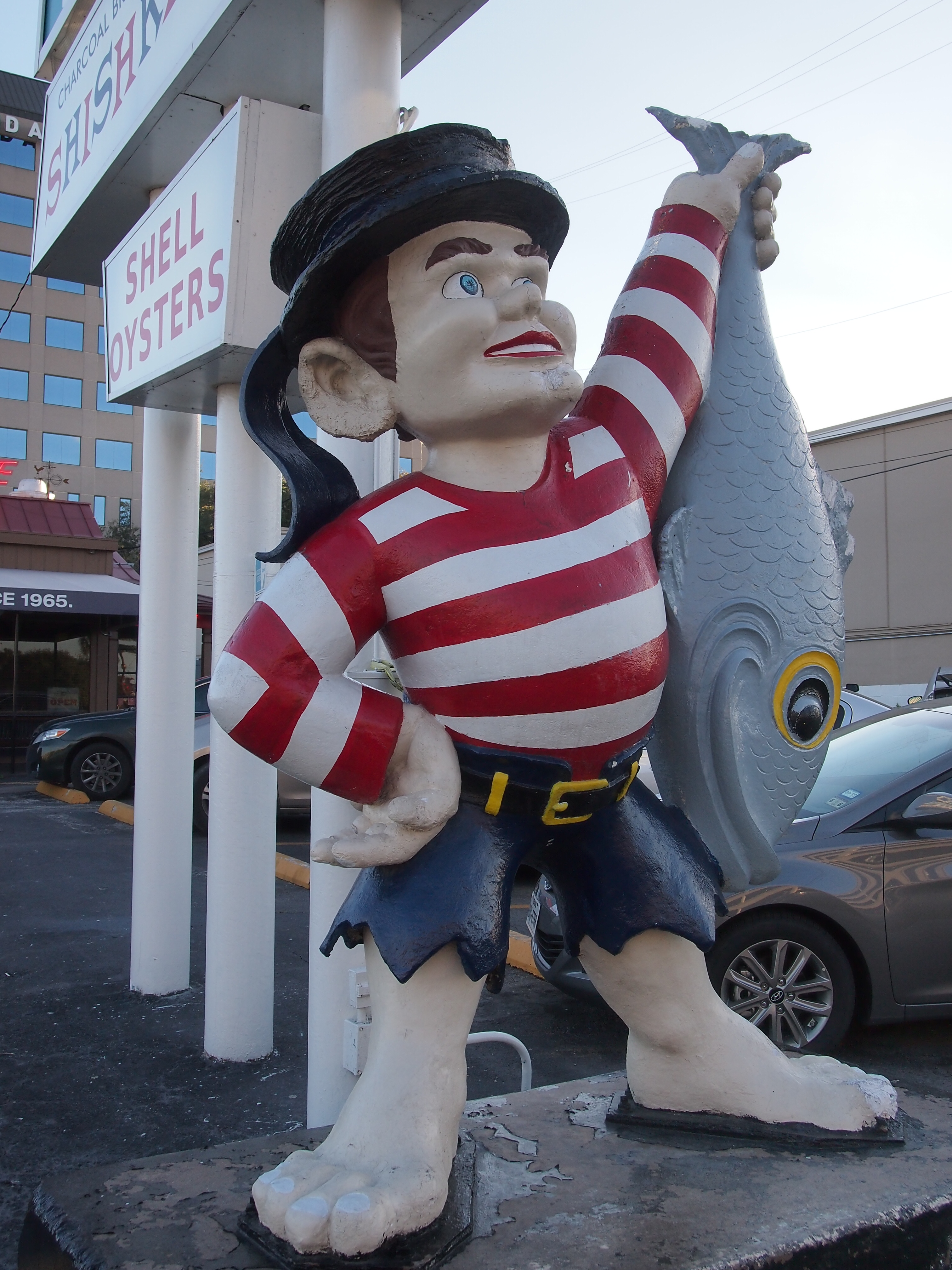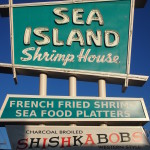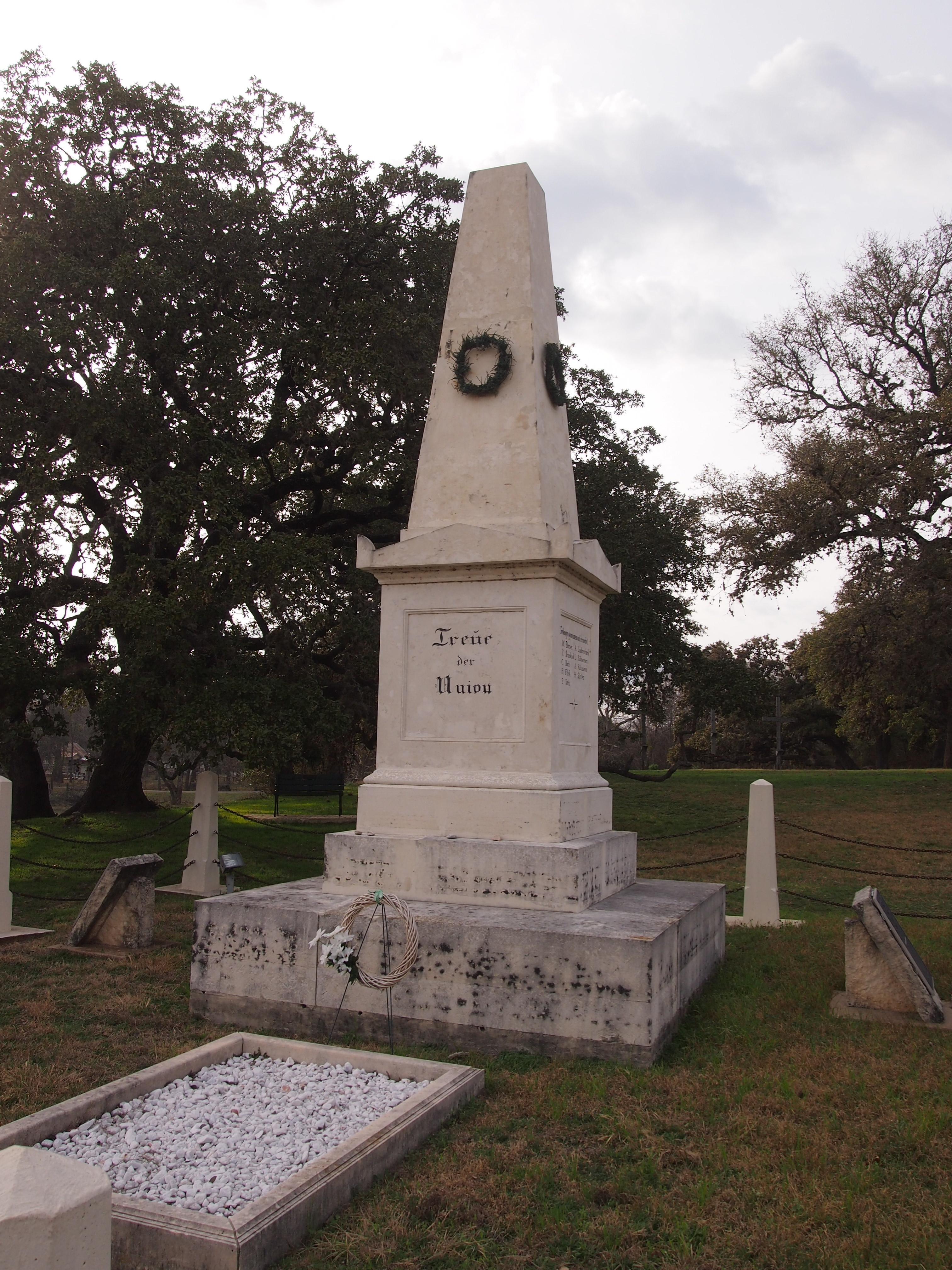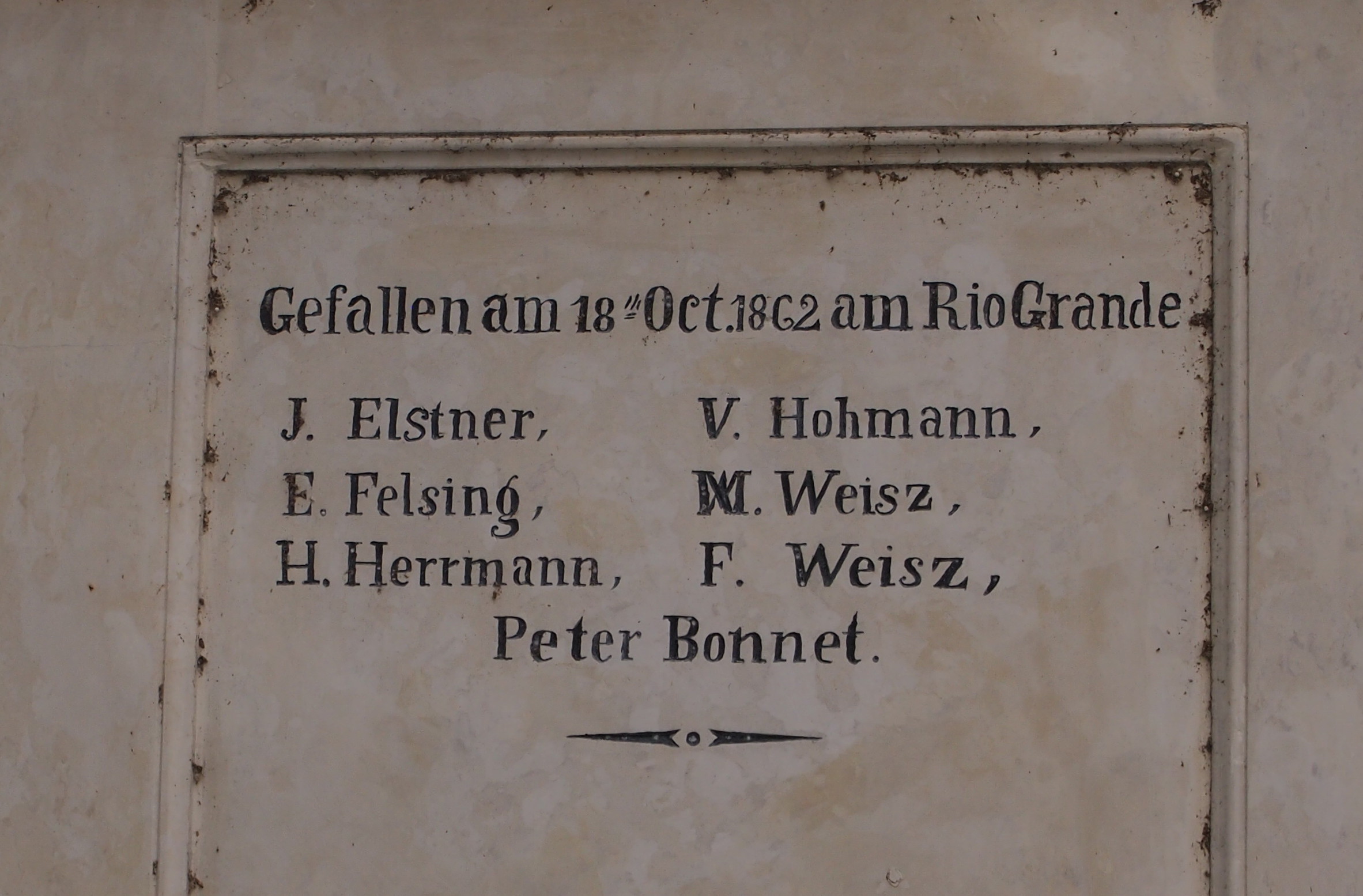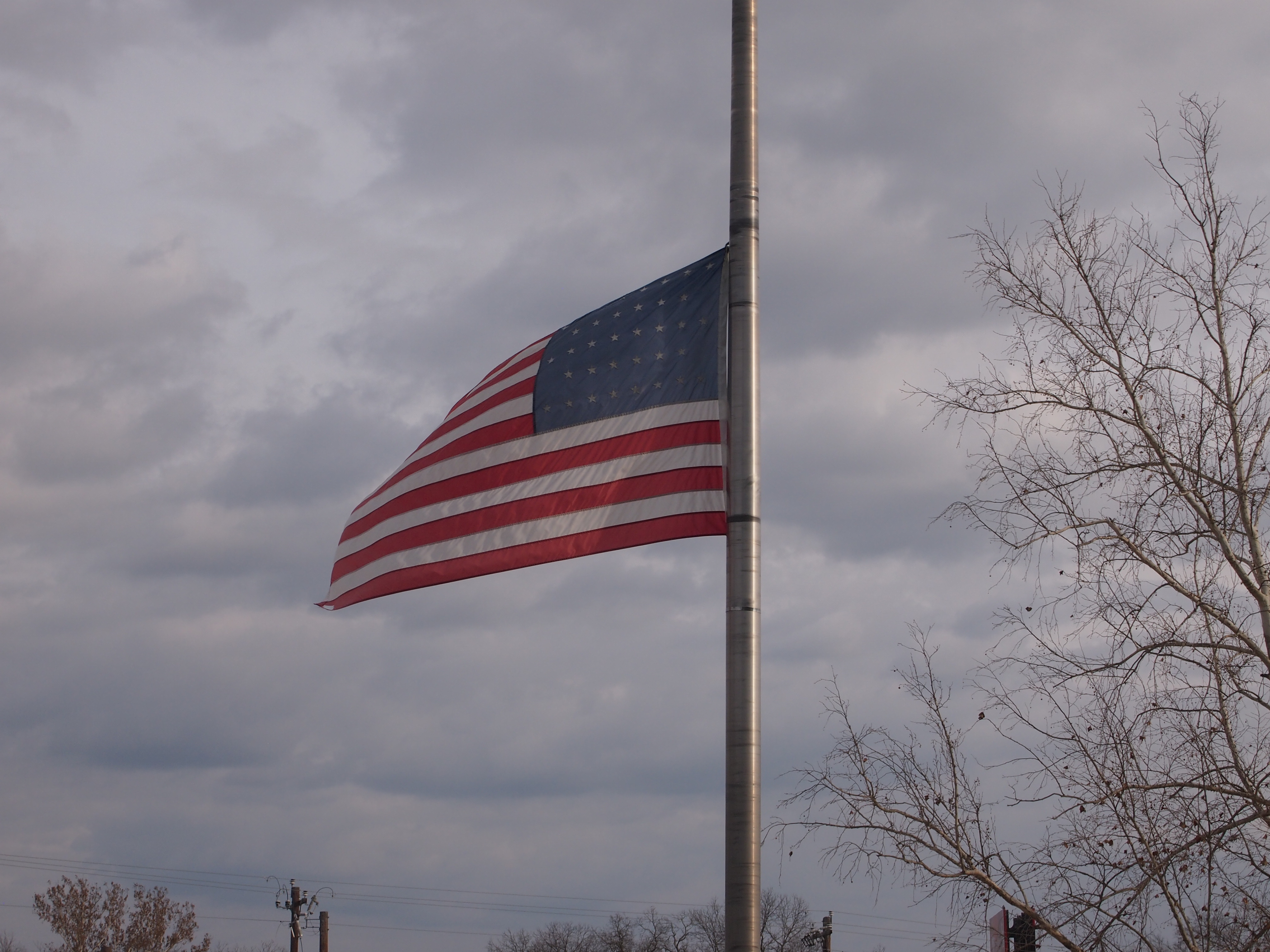Where are the copy editors? Maybe the Chicago Tribune laid off all its copy editors. On Wednesday, the paper ran a review of The Royale, a play now on stage in Chicago, and it begins like this: “In 1910, Jack Johnson, a boxer who had long dominated the World Colored Heavyweight Championship, finally coaxed the formerly undefeated James J. Jeffries out of retirement… Johnson’s July 4 victory in Reno, Nev., over the white opponent was hailed as a singular moment for the advancement of African-Americans, many of whom felt enormous pride as they listened, huddled around radios, as the Galveston Giant laid his doubters, and, symbolically, white America, flat on the canvas.”
Is it too much to ask that someone at the Tribune know that there were no commercial radio broadcasts in 1910?
I didn’t remember the last time I visited San Fernando Cathedral, which is in downtown San Antonio — probably in the early ’80s — so I figured it was time to go again. A church has been on this site since the 1740s, though as usual with this kind of thing, the structure’s been modified and enlarged and restored and otherwise changed over the centuries.
In our time, it’s a handsome structure with a Gothic Revival nave, triple entrance portals, a gable roof, and twin bell towers and buttresses.
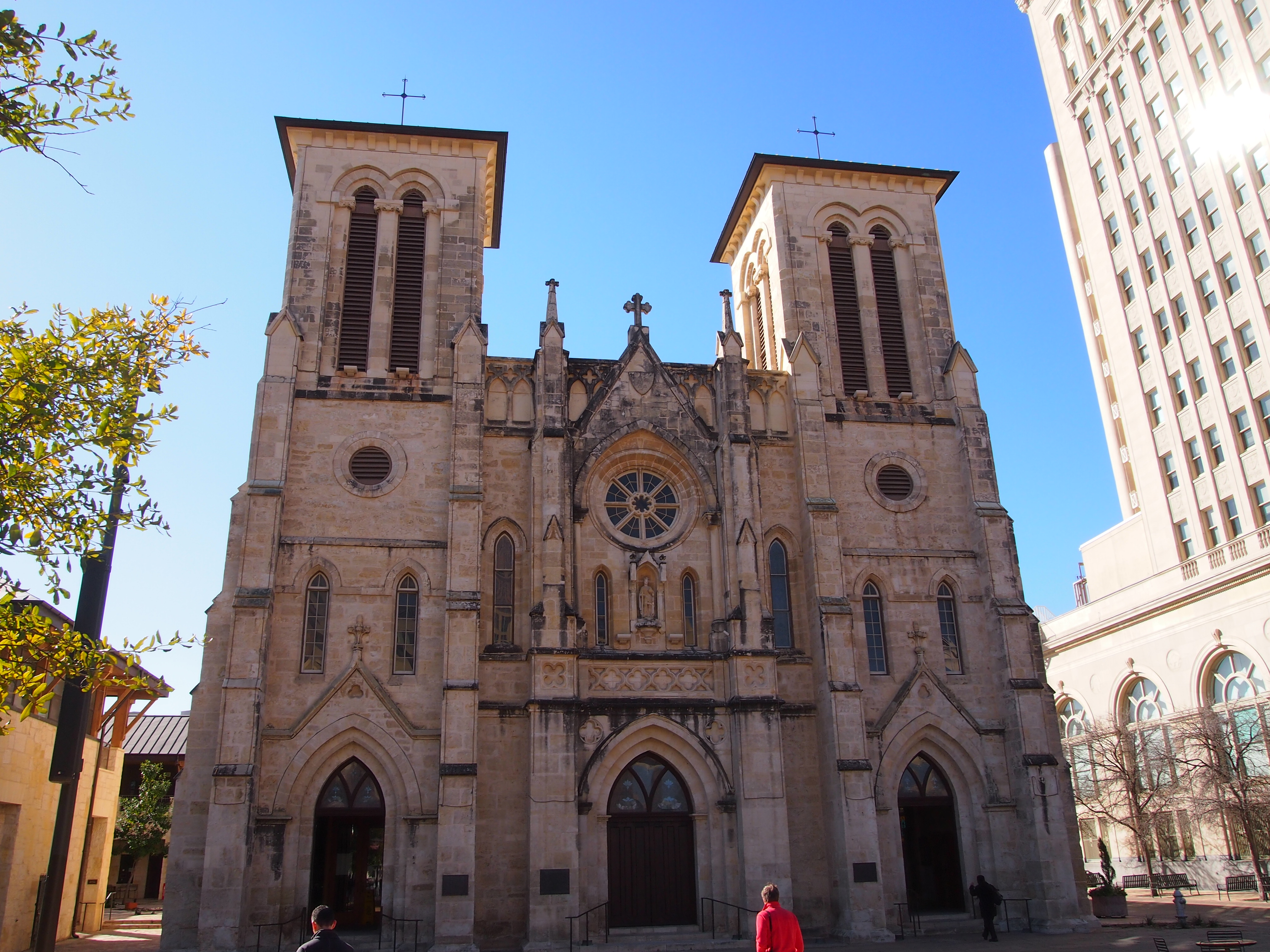 Just inside the entrance, in the narthex, you’ll find this marble coffin.
Just inside the entrance, in the narthex, you’ll find this marble coffin.
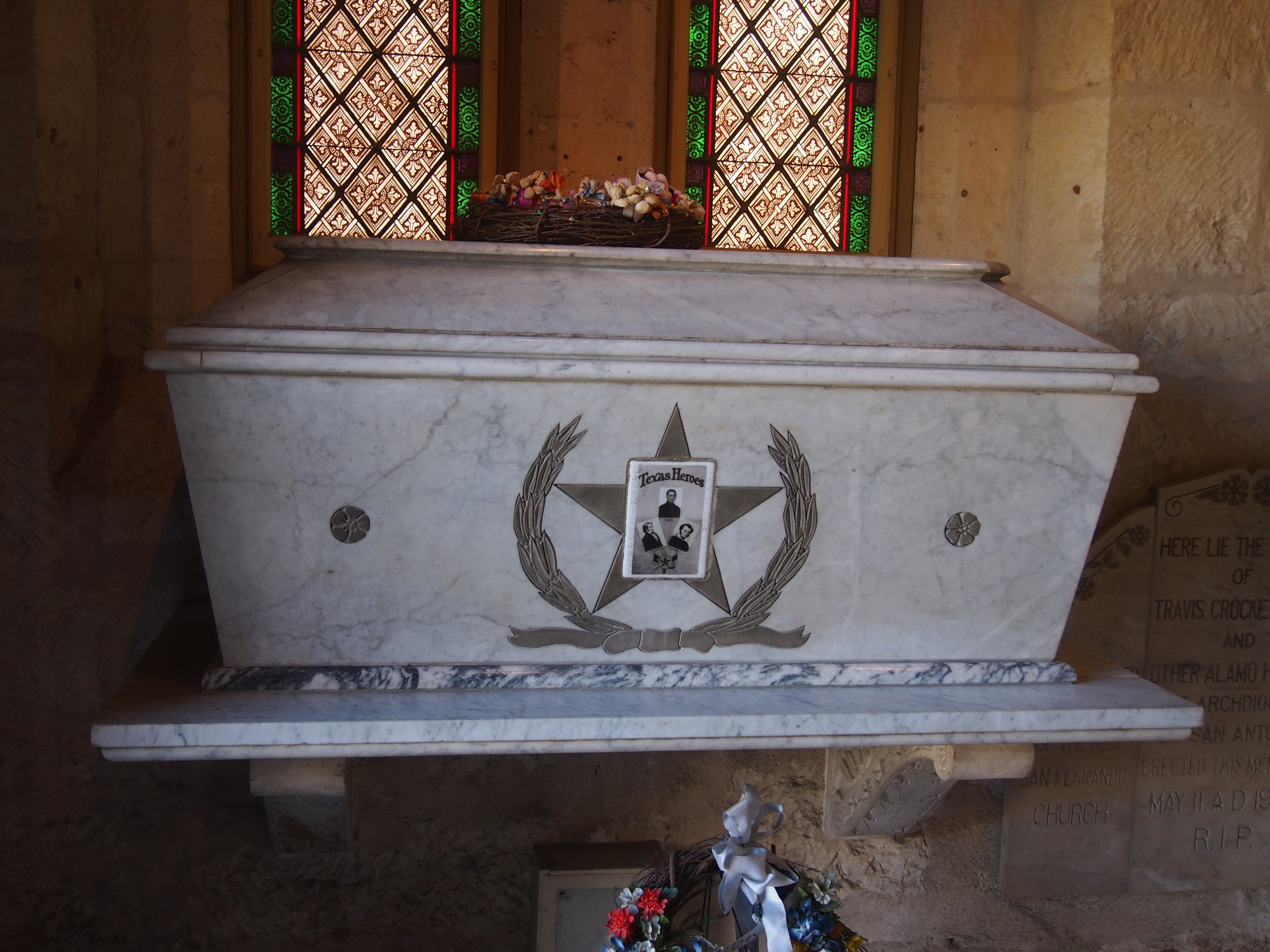 The nearby plaque asserts that:
The nearby plaque asserts that:
Here lie the remains of Travis, Crockett, Bowie and other Alamo heroes. The Archdiocese of San Antonio erected this memorial May 11, AD 1938 R.I.P.
Formerly buried in the Sanctuary of the old San Fernando church
Exhumed July 28, 1936 Exposed to public view for a year Entombed May 11, 1938
If it’s written in stone, it must be true. Right? But not everyone’s so sure. Ashes and bits of bone were found buried in the sanctuary in 1936, and the archbishop at the time concluded that they were the defenders of the Alamo, whose bodies were known to be burned. This article posits that the archbishop pulled that assumption out of his miter, and that the remains might actually be casualties — Spanish loyalists, no less — of the little-known Battle of Rosillo fully 33 years before the Battle of the Alamo.
San Fernando’s lovely inside. The view toward the apse.
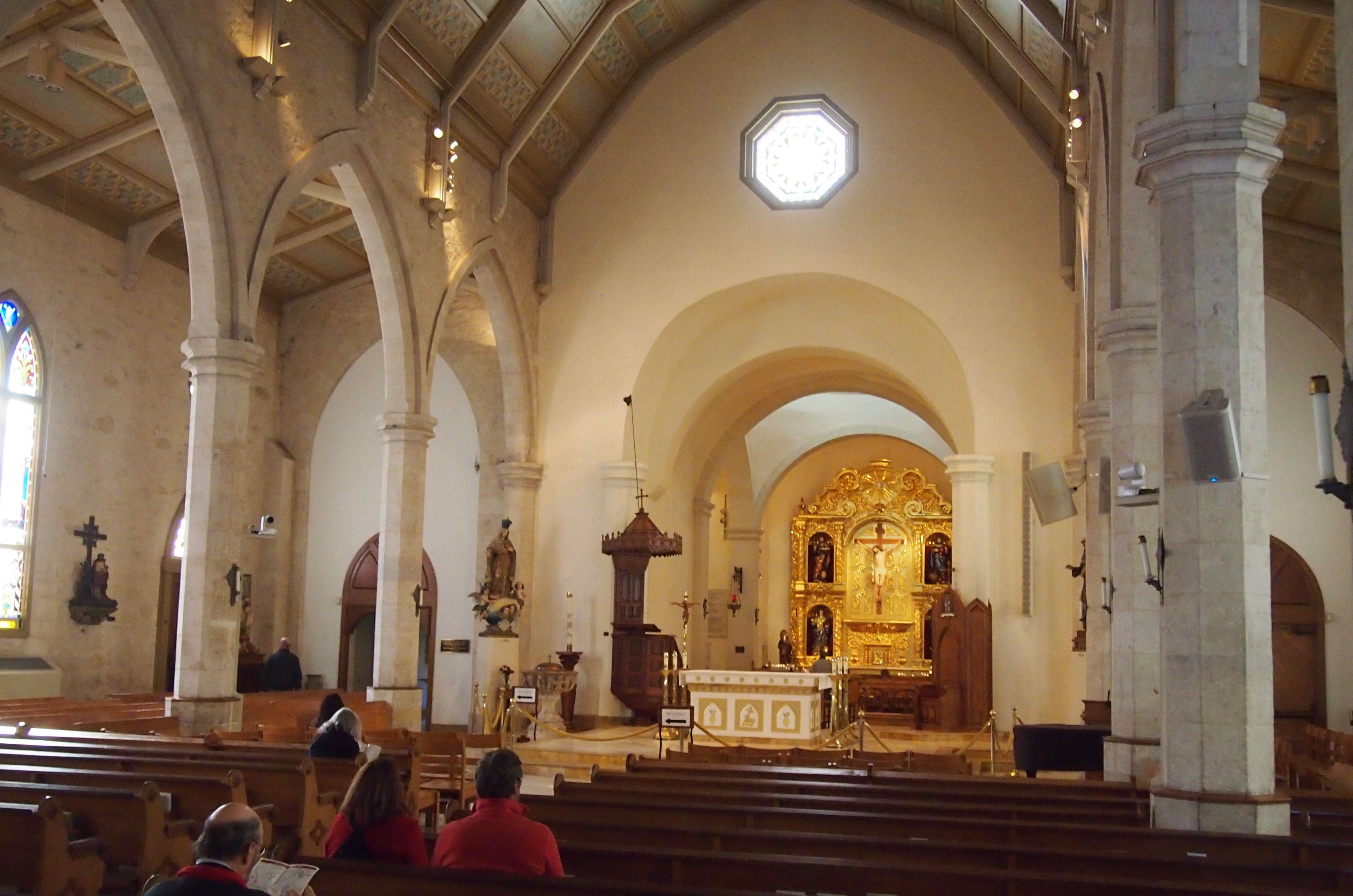 And back through the nave.
And back through the nave.
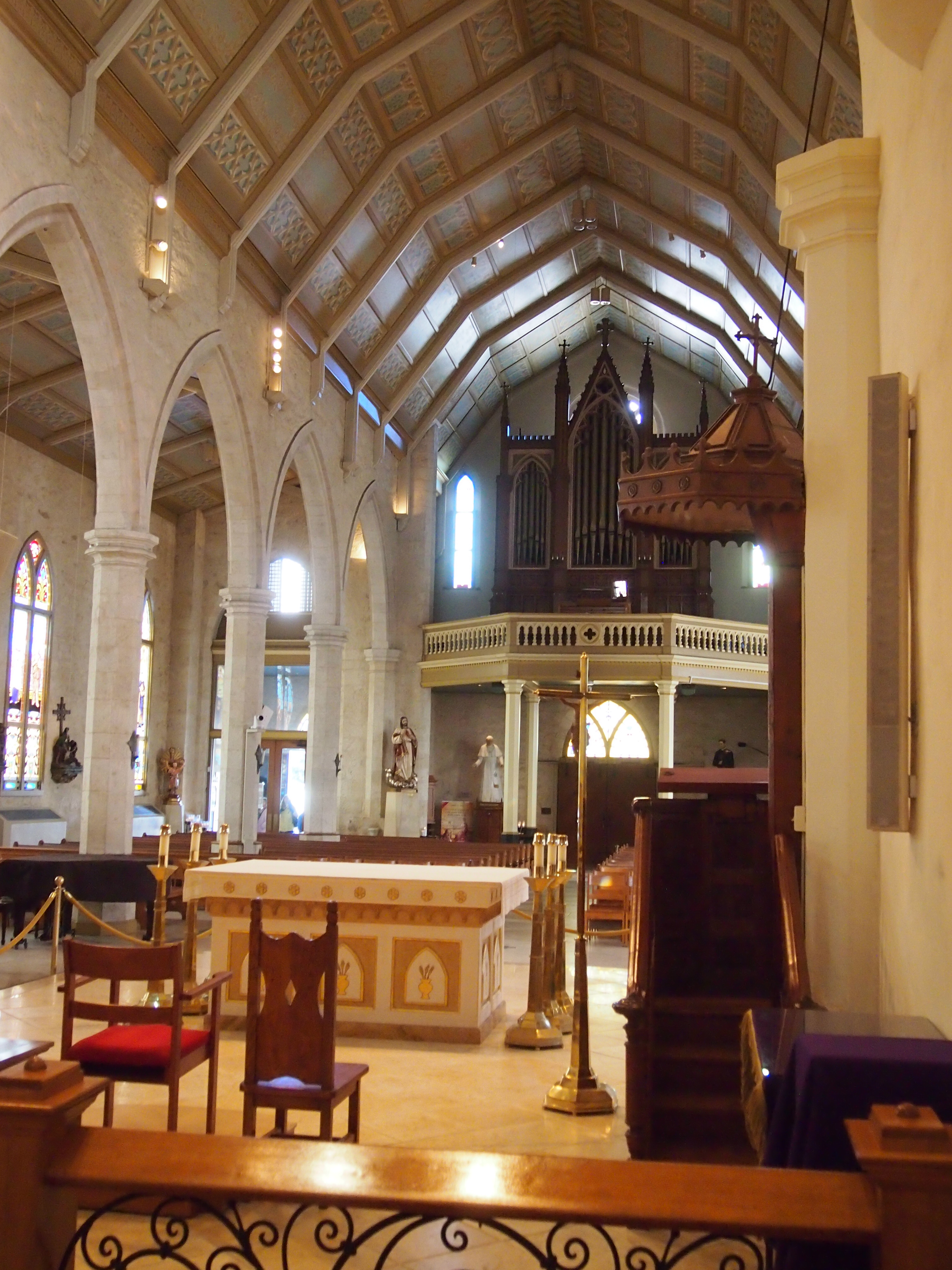 Not far from where I took this picture was a brass plaque embedded in the floor that said: Official Center of San Antonio by Ordinance of the City Council. Another plaque in the floor of the church said: Original Entrance to the Church of the Villa de San Fernando. Demarcation of the Center of the City 1731.
Not far from where I took this picture was a brass plaque embedded in the floor that said: Official Center of San Antonio by Ordinance of the City Council. Another plaque in the floor of the church said: Original Entrance to the Church of the Villa de San Fernando. Demarcation of the Center of the City 1731.
The Texas State Historical Society outlines the early history of the church: “Although information is contradictory, the cornerstone for the first attempt to build a stone church was laid most likely on May 11, 1738. In 1748 the viceroy approved a donation of 12,000 pesos to complete the church. With funds secured, two artisans from San Luis Potosí, Gerónimo de Ibarra (a master stonemason) and Felipe de Santiago (a stonecutter), were hired to continue the project. Ibarra razed the earlier construction and enlarged the dimensions of the building. He completed the church in 1755.”
After that, of course, came damage and repair and modifications and even a part for the structure in the Battle of the Alamo, when “Antonio Lopez de Santa Anna not only used the church as a lookout but ordered a red flag flown there to signal that the Texans at the Alamo would be shown no mercy.”
The reredos. Maybe it would be a retablo in this context. In any case, a shiny bit of work.
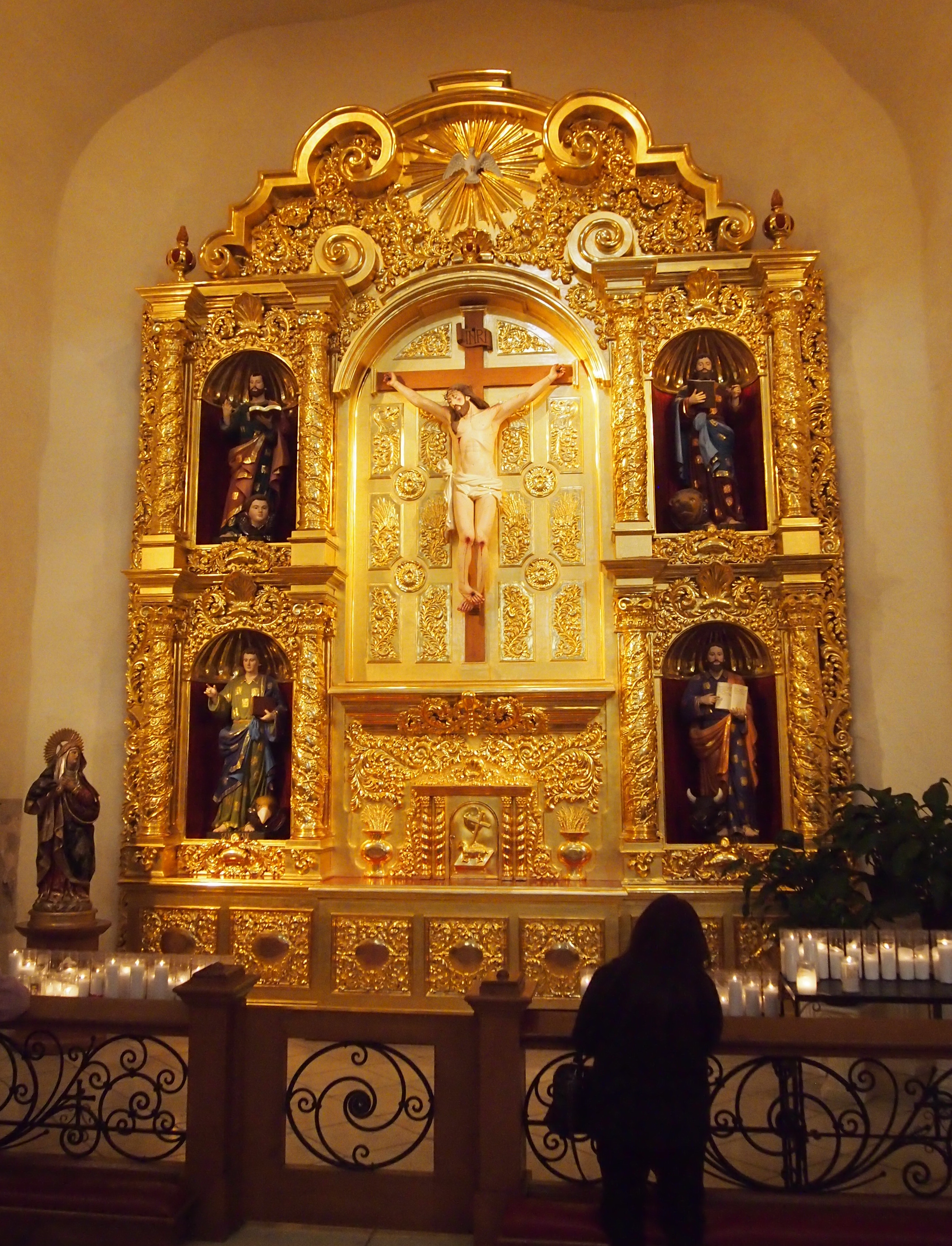 To the right were a number of stone tablets embedded in the wall that looked they might have been burial stones that used to be part of the floor. One of them, in Spanish and English, was that of Eugenio Navarro, brother of Jose Antonio Navarro, who lived a lot longer.
To the right were a number of stone tablets embedded in the wall that looked they might have been burial stones that used to be part of the floor. One of them, in Spanish and English, was that of Eugenio Navarro, brother of Jose Antonio Navarro, who lived a lot longer.
HERE RESTS The Remains of EUGENIO NAVARRO Native of the City of Bexar who departed this life on the 6th of May 1838, Aged 34 Years, 5 Months & 21 days He fell an innocent victim, by a shot from the Pistol of a vindictive adversary, who also lost his life by the dagger of the brave defender, of his honour and person.
That is, someone shot Eugenio, but he was able to dispatch the attacker with his knife. In 1836, he’d had a critical part to play in the Texas Revolution, especially in warning the Texians in San Antonio that Santa Anna was coming, and in force. More about him here.
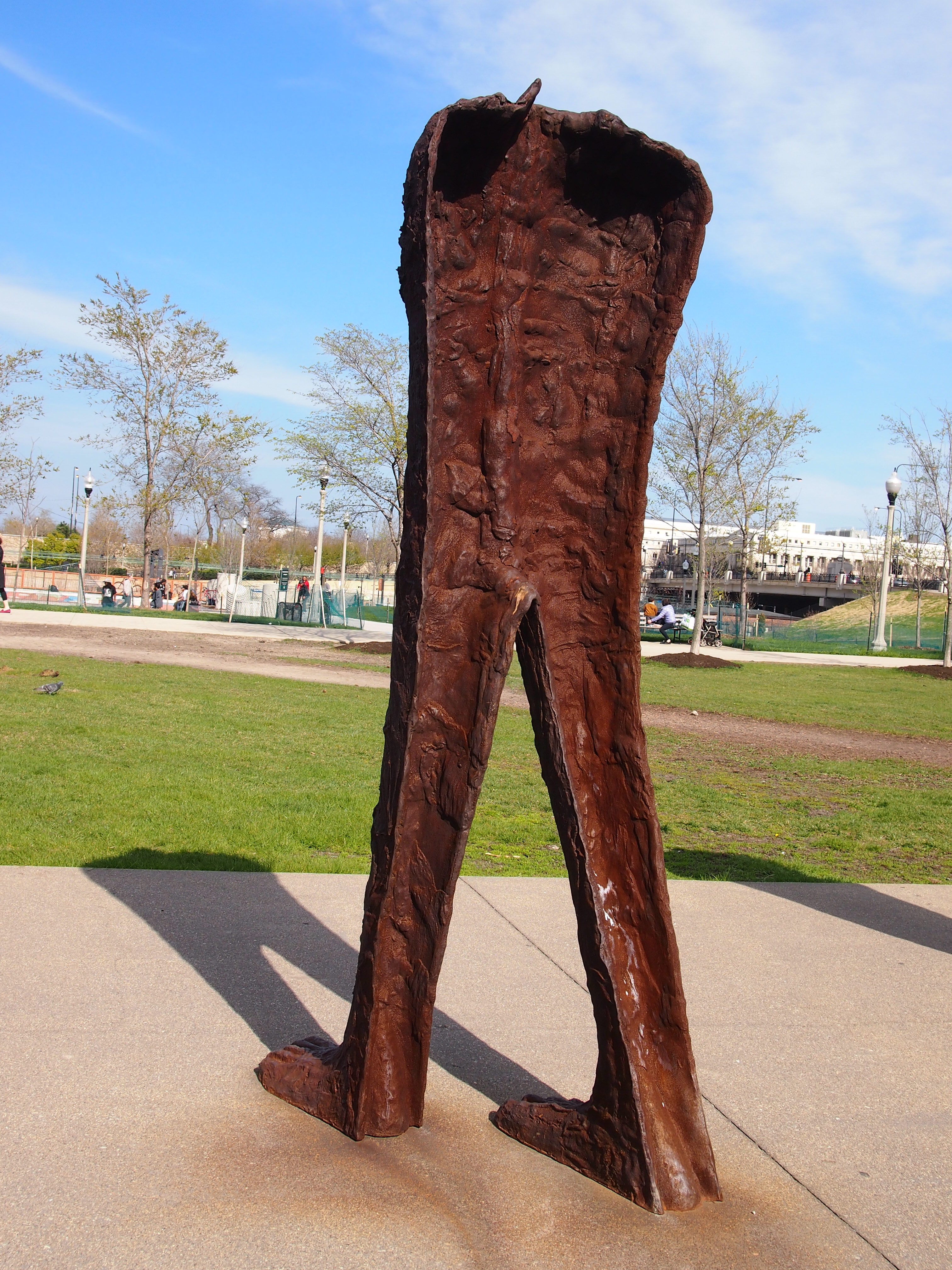 They look alike at first glance, but actually the texture of the iron is different on each one. There are 106 of them.
They look alike at first glance, but actually the texture of the iron is different on each one. There are 106 of them.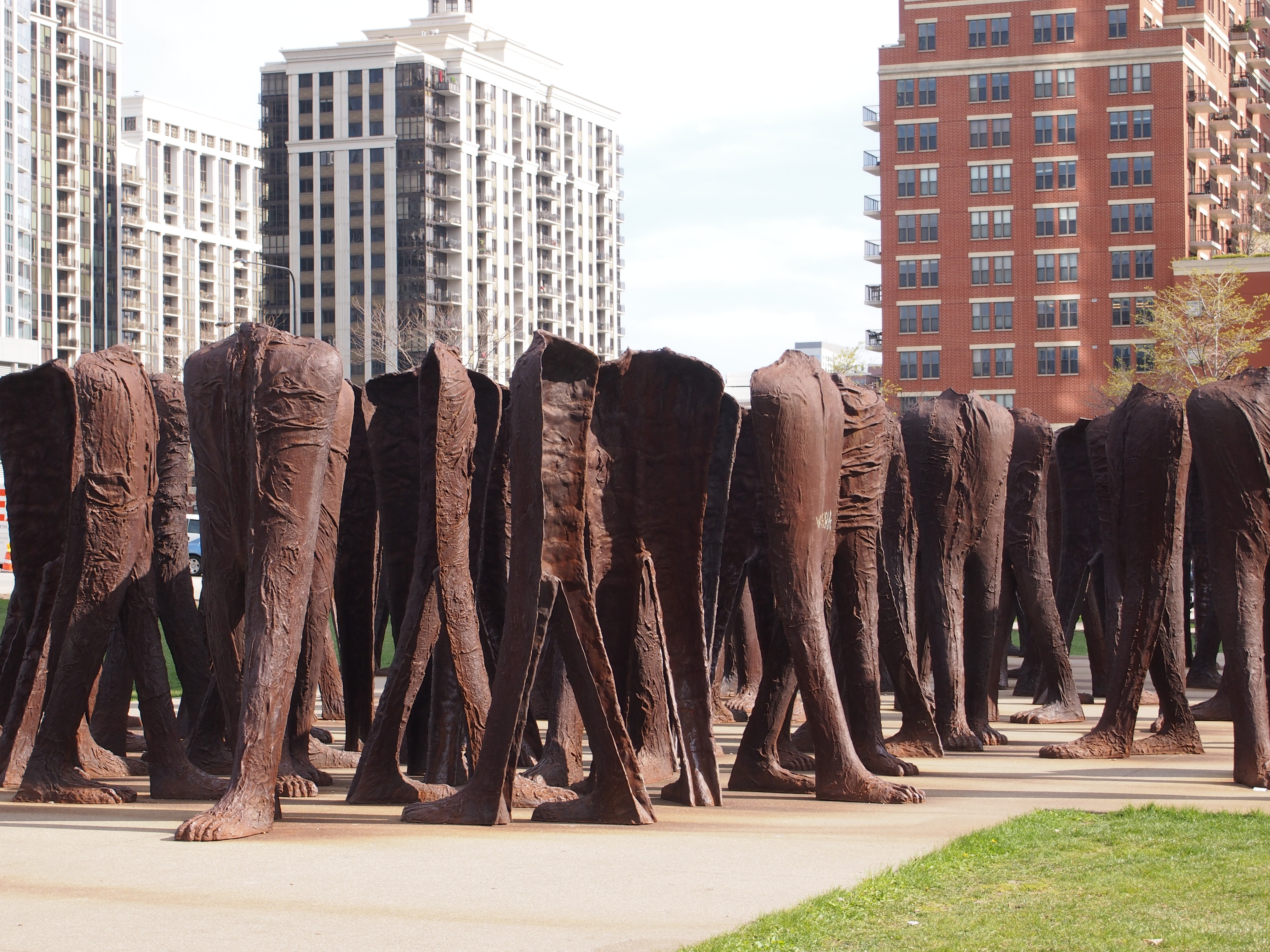 They’re roughly in two groups, but some of them are at a distance from the rest. Abakanowicz cast them at the Srem Foundry in Poland from 2003 to ’06.
They’re roughly in two groups, but some of them are at a distance from the rest. Abakanowicz cast them at the Srem Foundry in Poland from 2003 to ’06.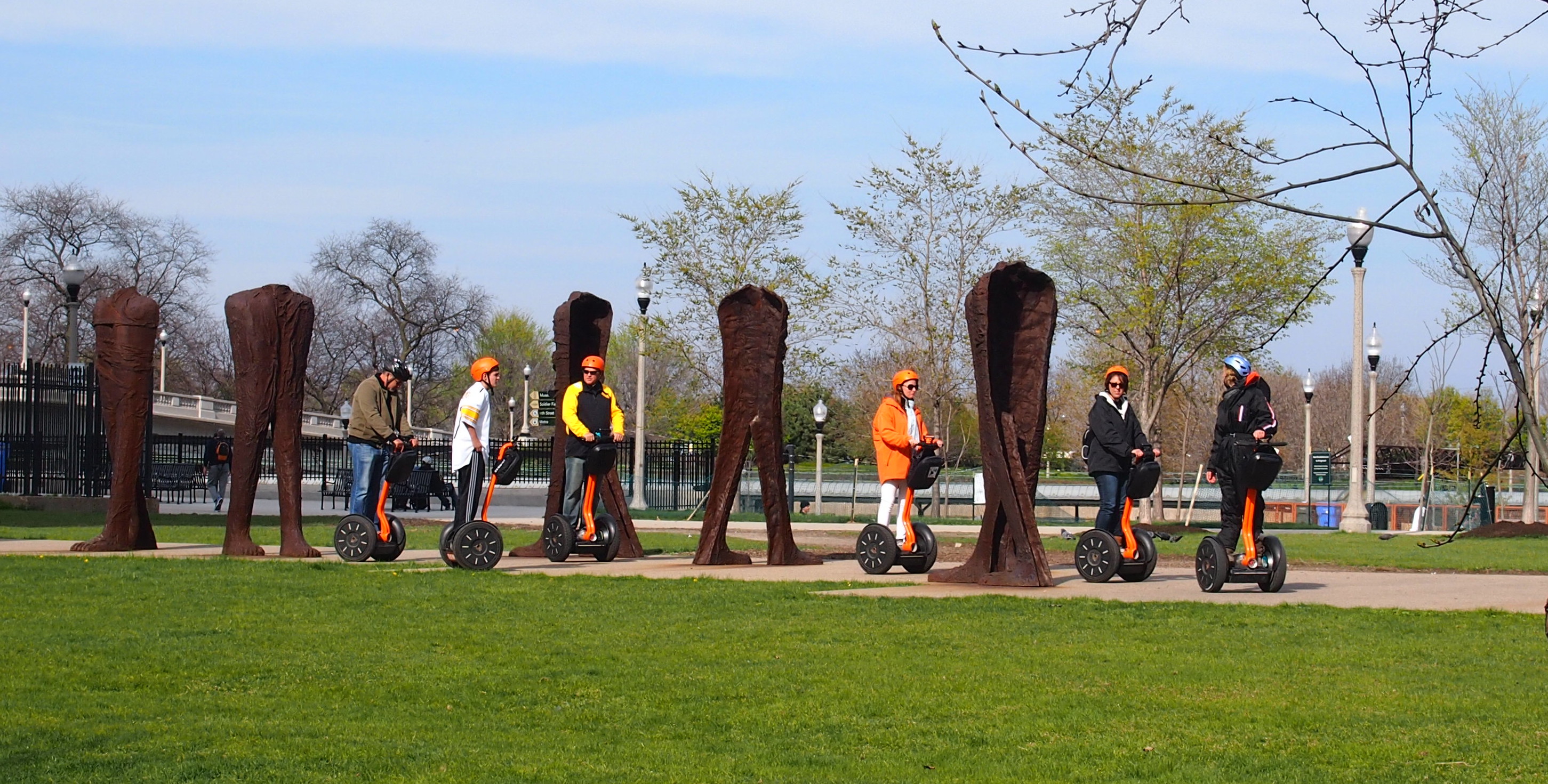 As I looked at the half-figures, I thought, they seem really familiar. Where have I seen them before, or at least something similar?
As I looked at the half-figures, I thought, they seem really familiar. Where have I seen them before, or at least something similar?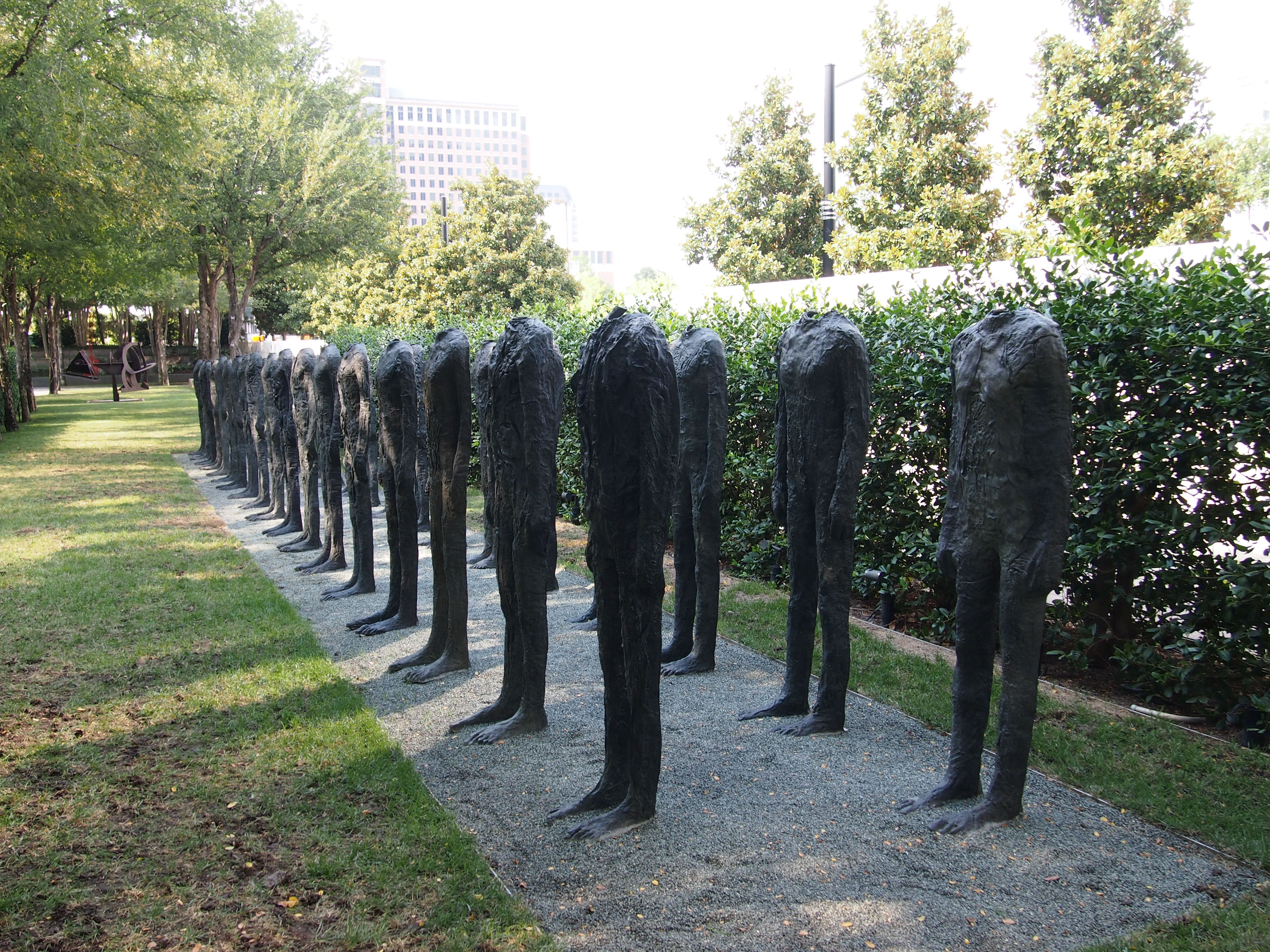 The Nasher Sculpture Center in Dallas in ’13, that’s where, which has another grouping of cast-iron figures by Abakanowicz. The headless halves were in long lines instead of milling around like at an agora.
The Nasher Sculpture Center in Dallas in ’13, that’s where, which has another grouping of cast-iron figures by Abakanowicz. The headless halves were in long lines instead of milling around like at an agora.